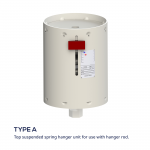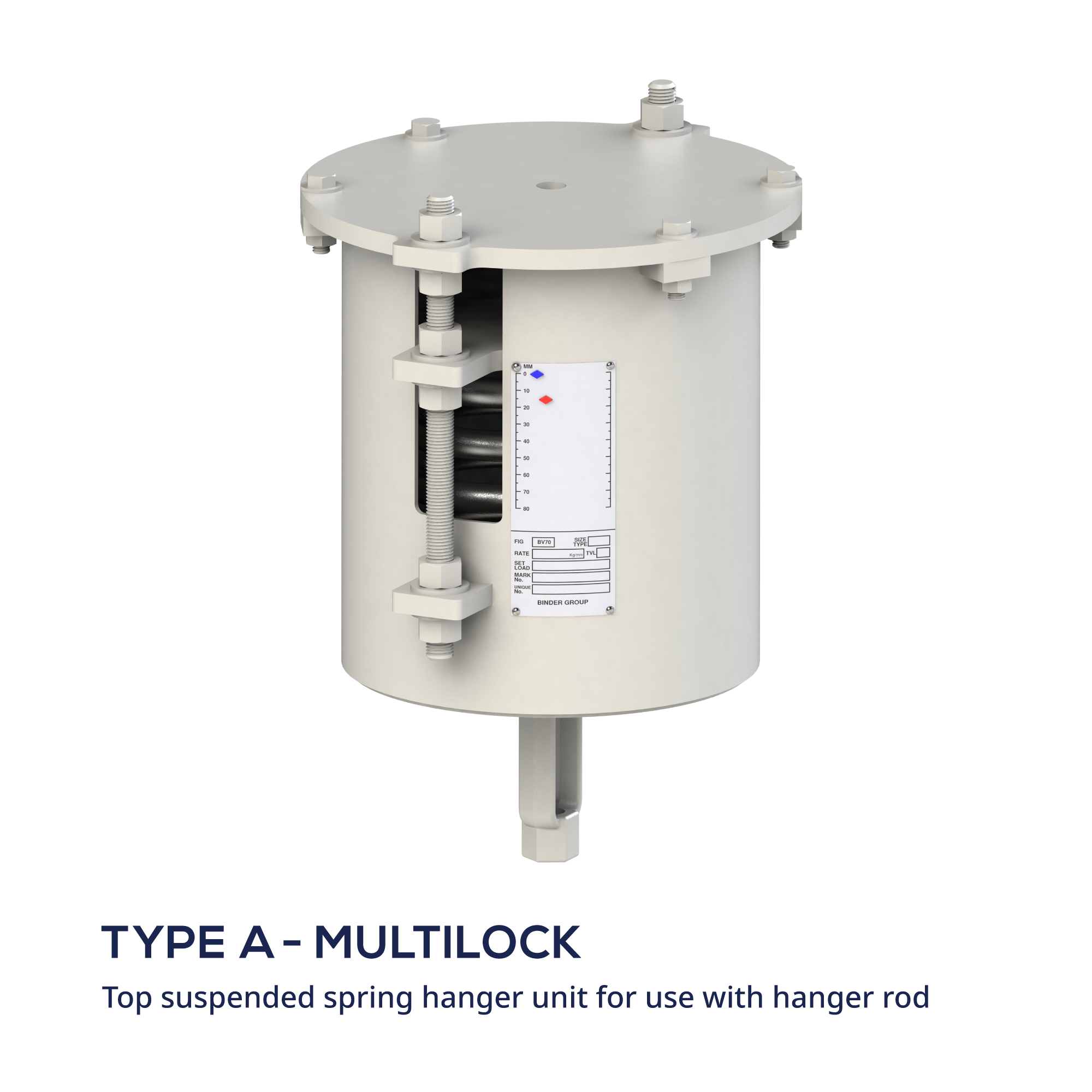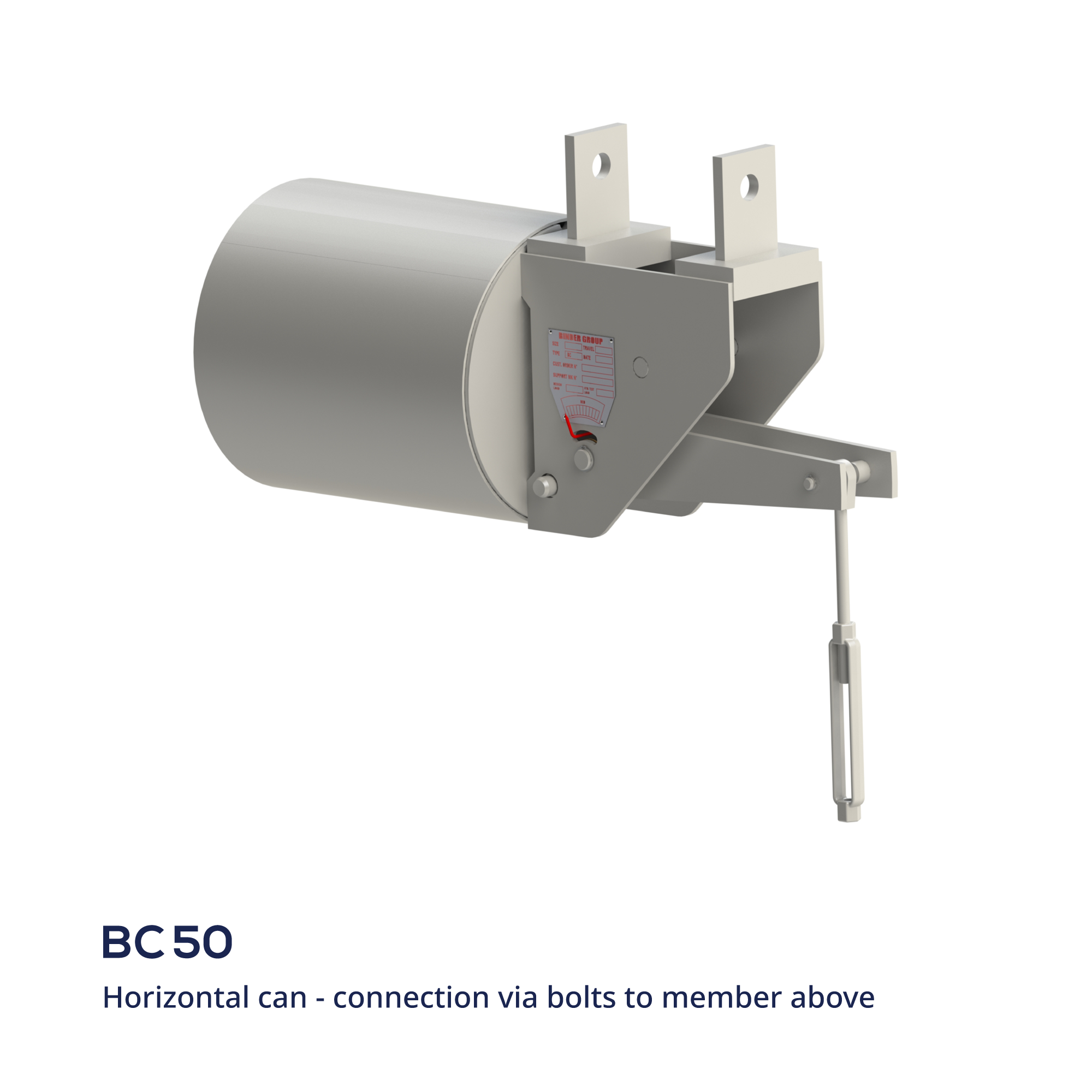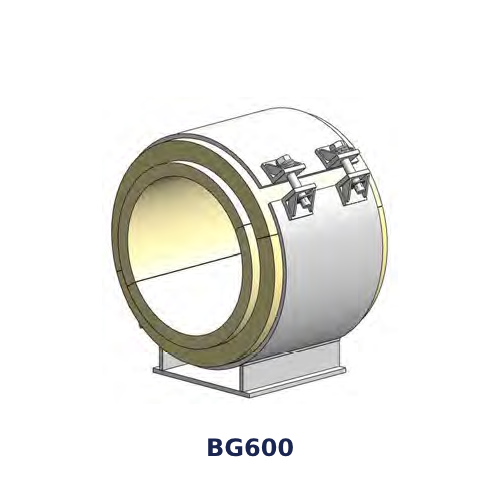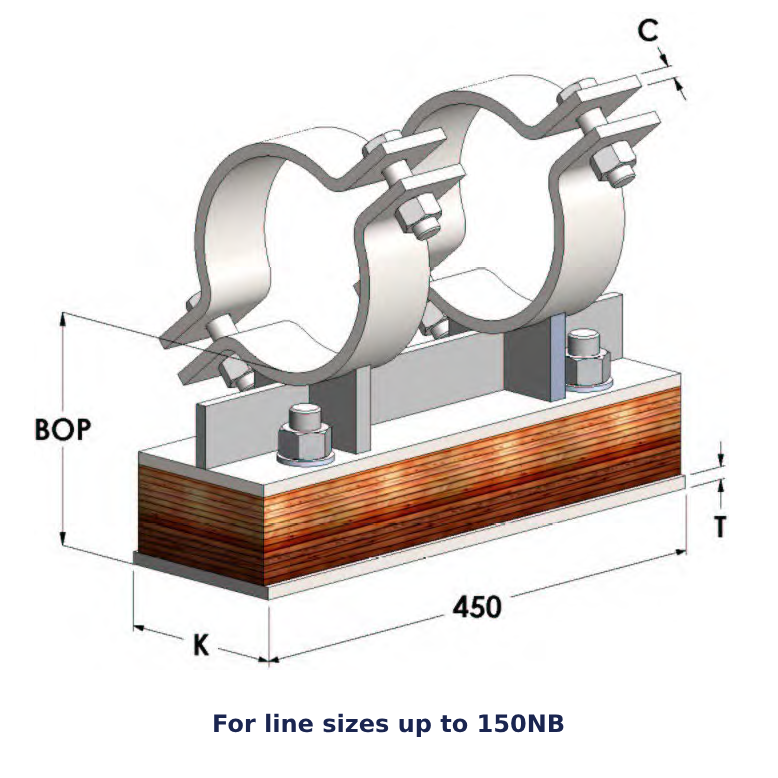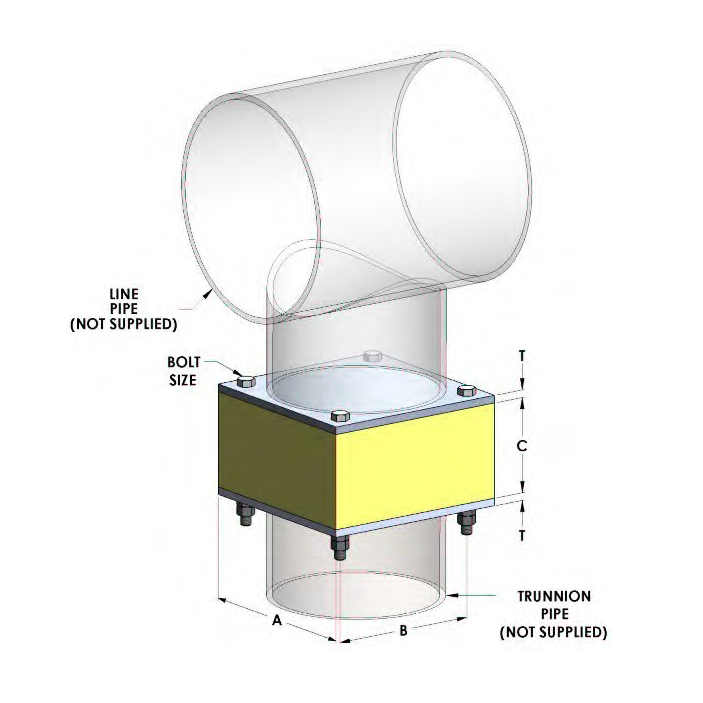- Products
-
-
-
Categories
 BG100
BG100LIGHT DUTY 2-BOLT CLAMP
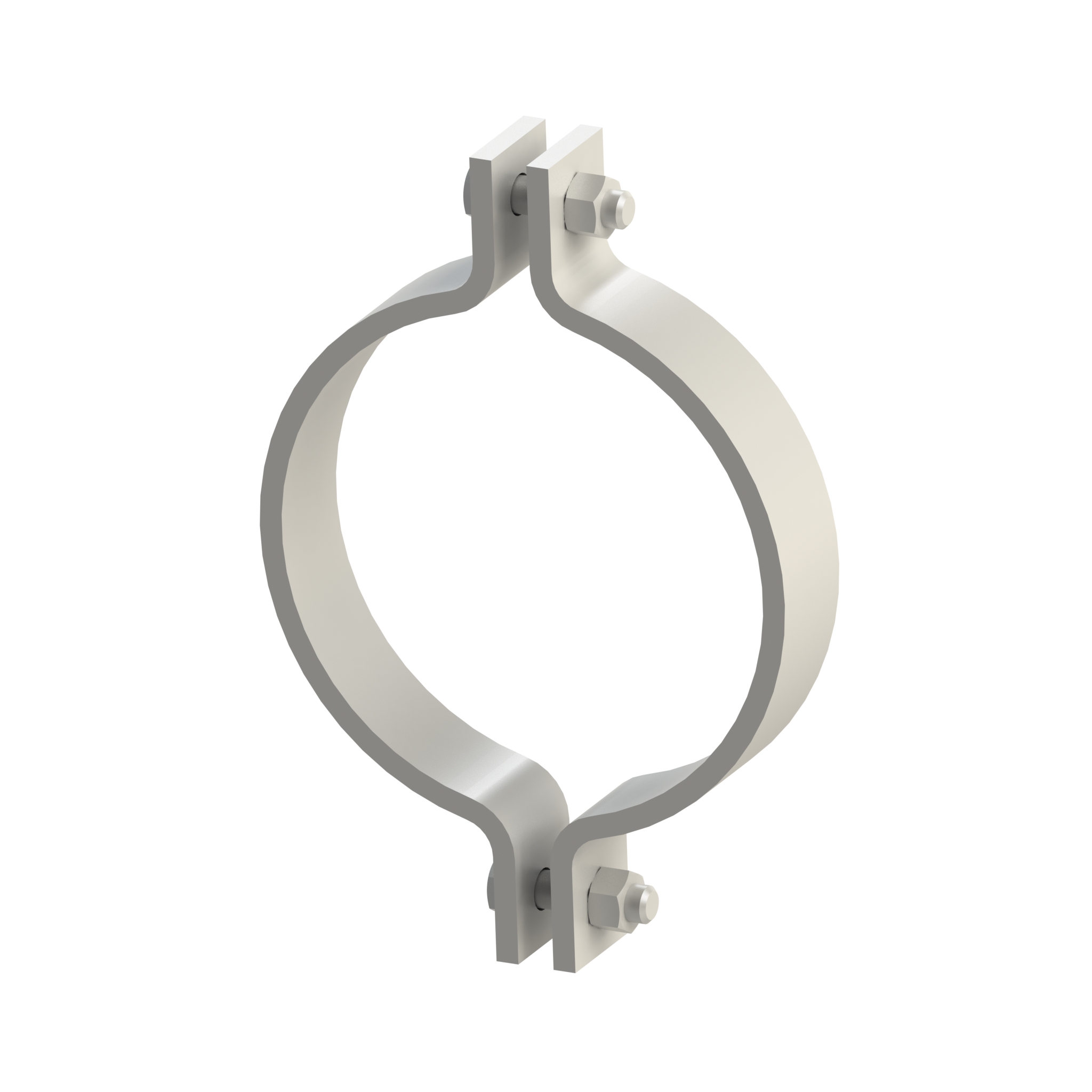 BG170
BG170MEDIUM DUTY 2-BOLT PIPE CLAMP
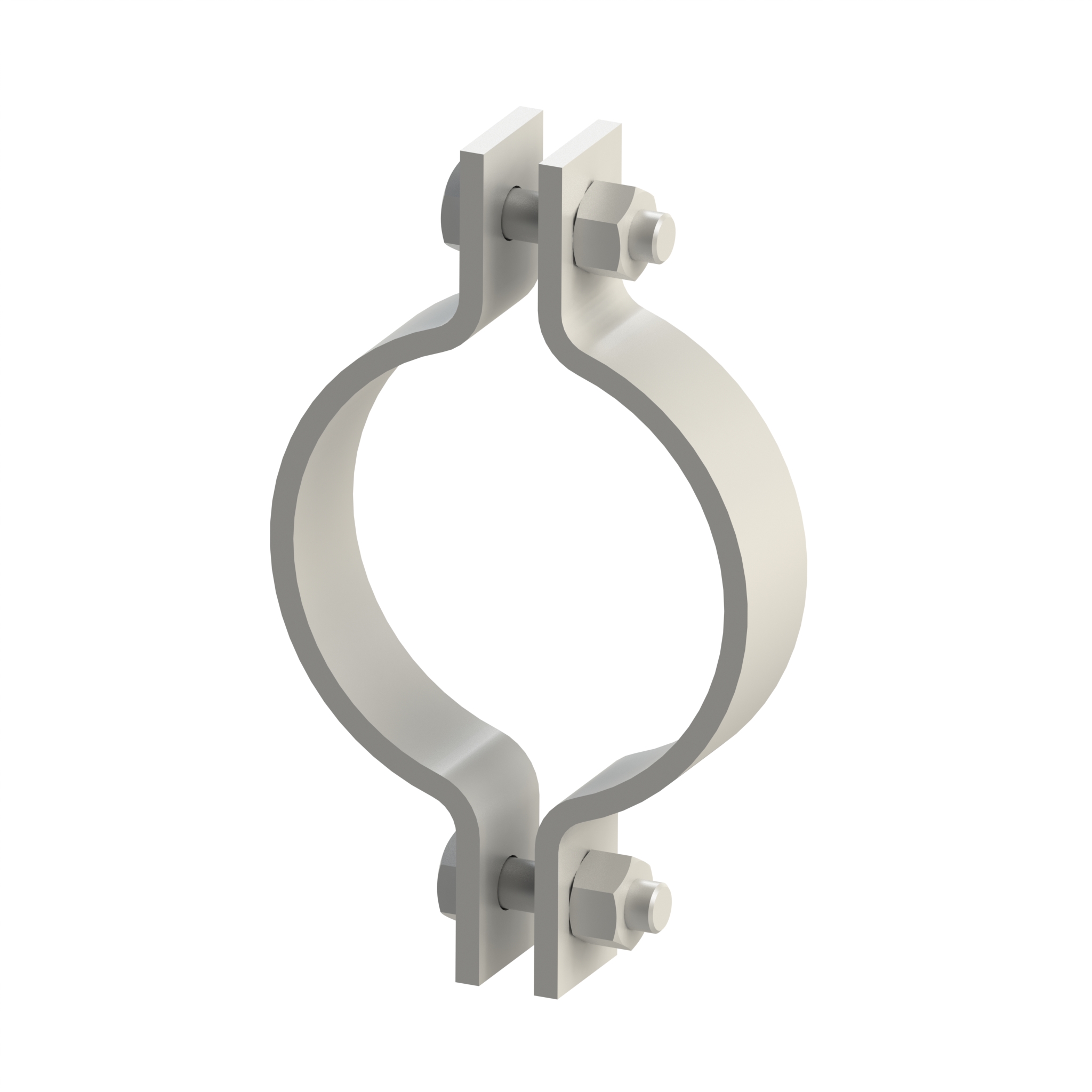 BG50
BG50HEAVY DUTY 2-BOLT PIPE CLAMP
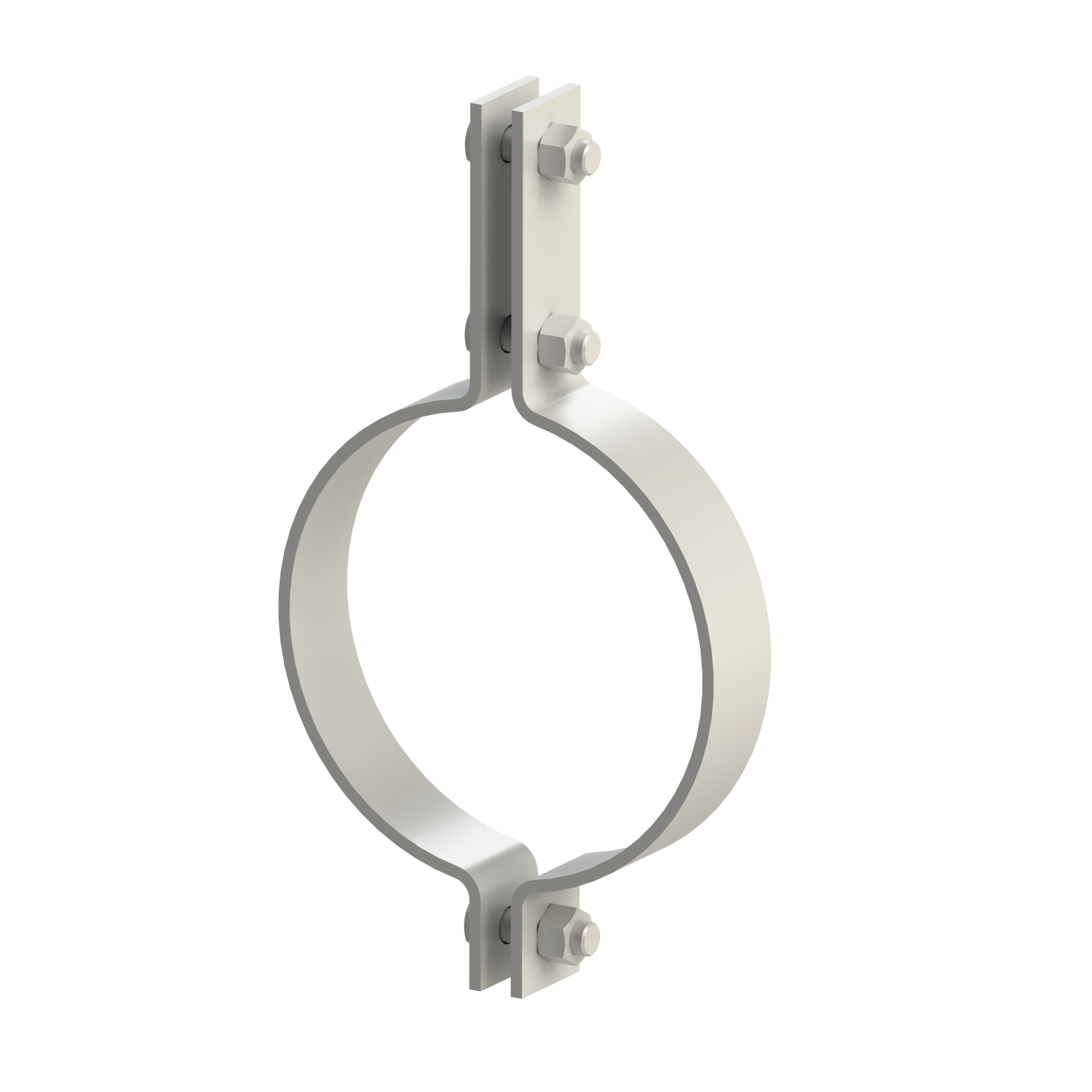 BG101
BG101LIGHT DUTY 3-BOLT PIPE CLAMP
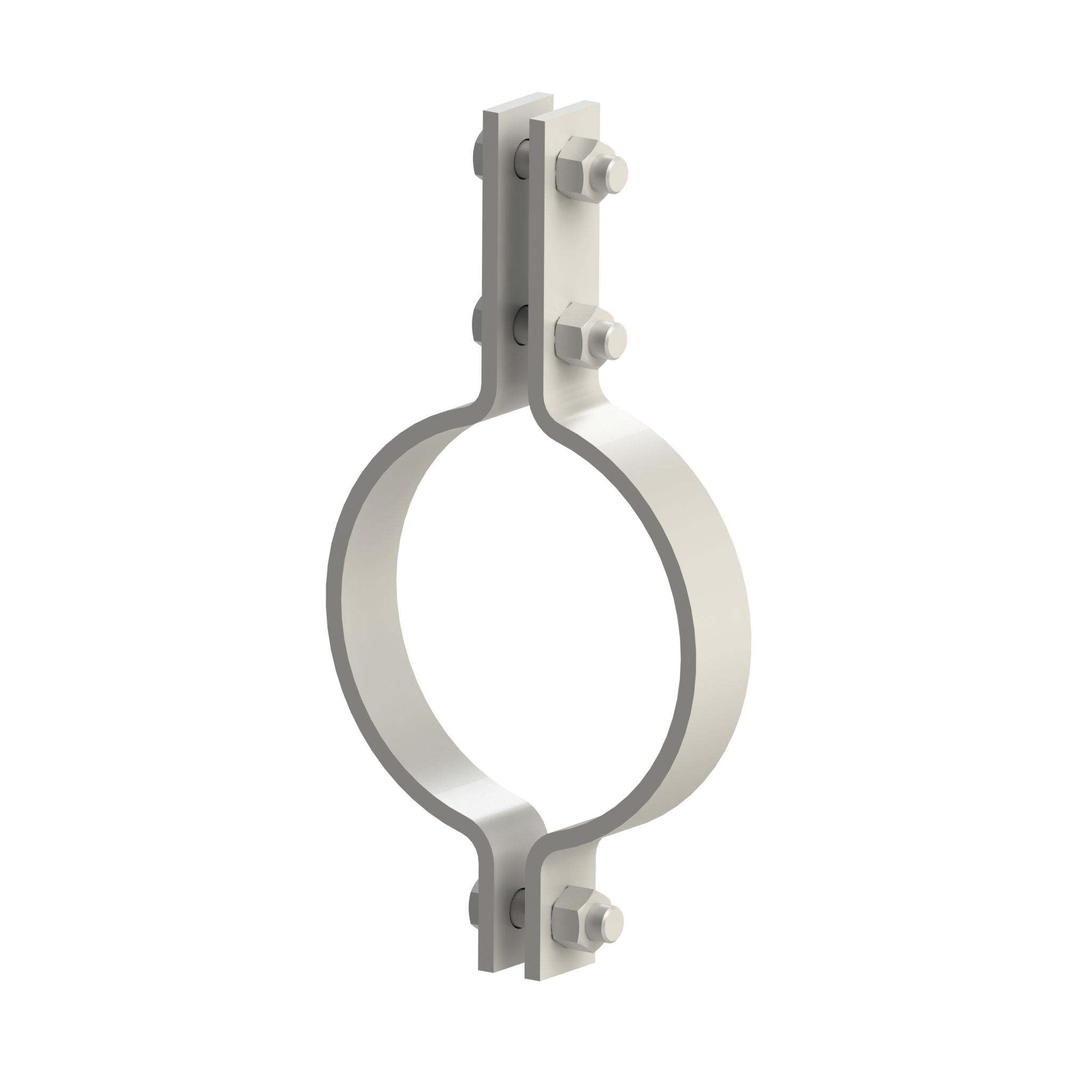 BG171
BG171MEDIUM DUTY 3-BOLT PIPE CLAMP FOR STEEL PIPE
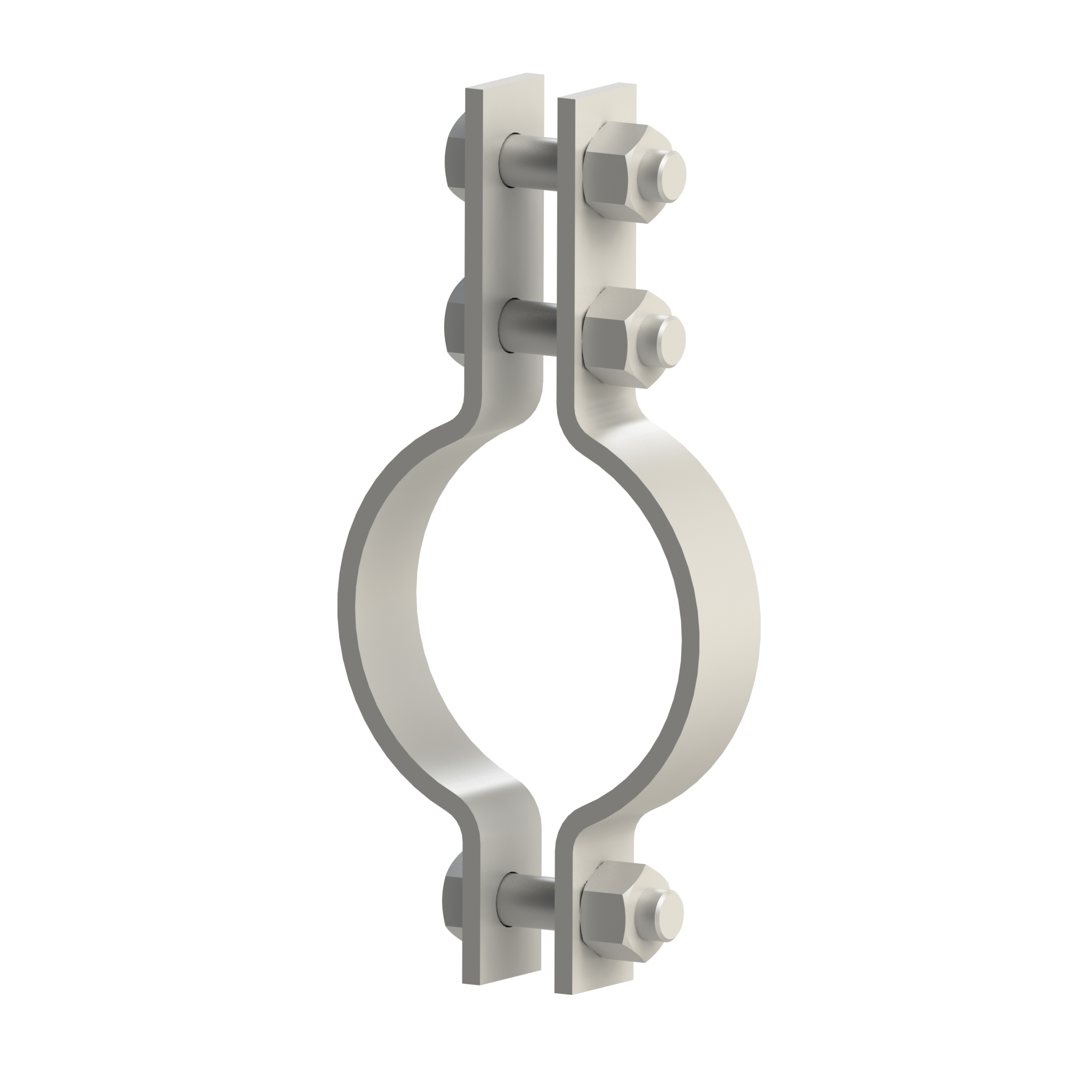 BG75
BG75HEAVY DUTY 3-BOLT PIPE CLAMP
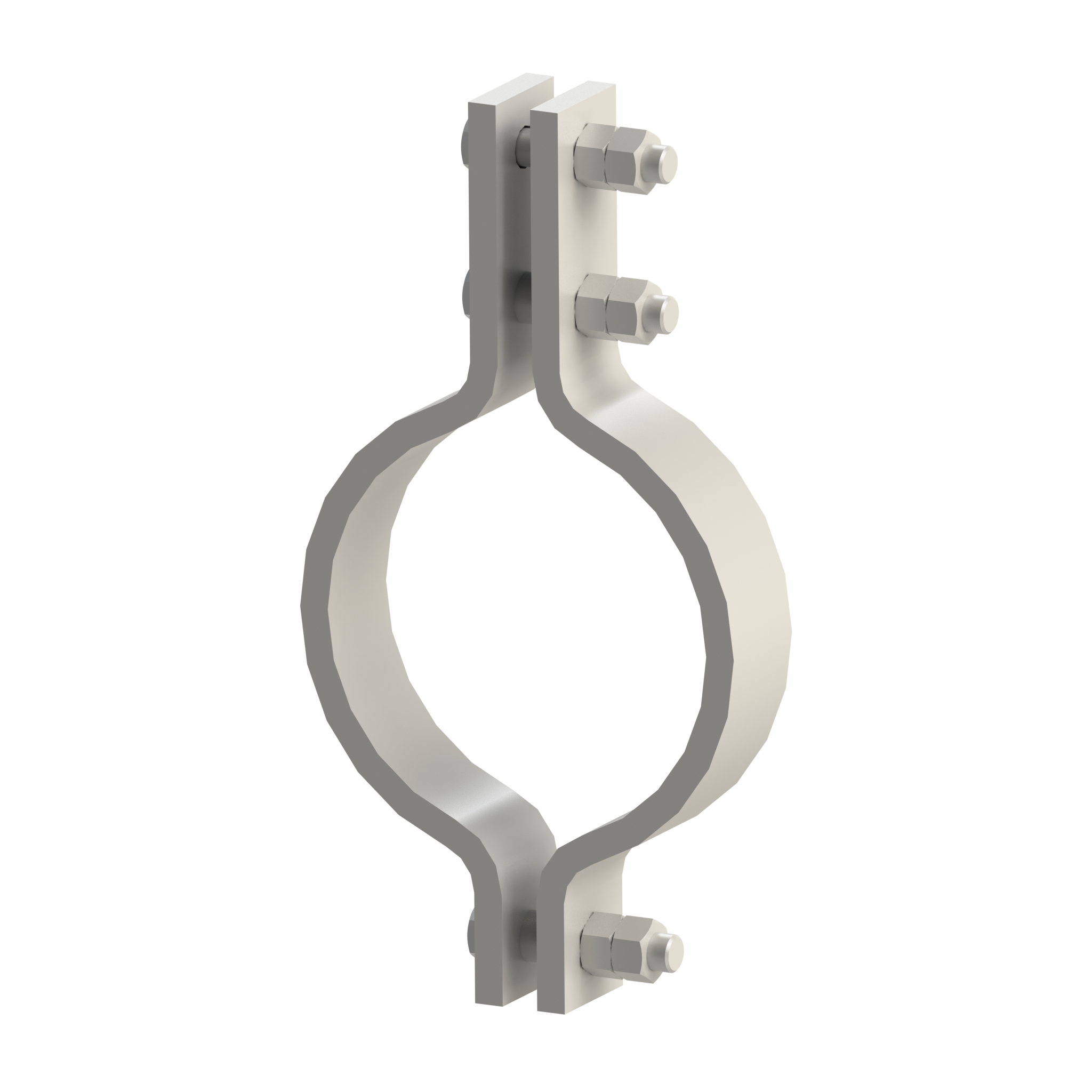 BG172
BG172HIGH TEMPERATURE 3-BOLT PIPE CLAMP
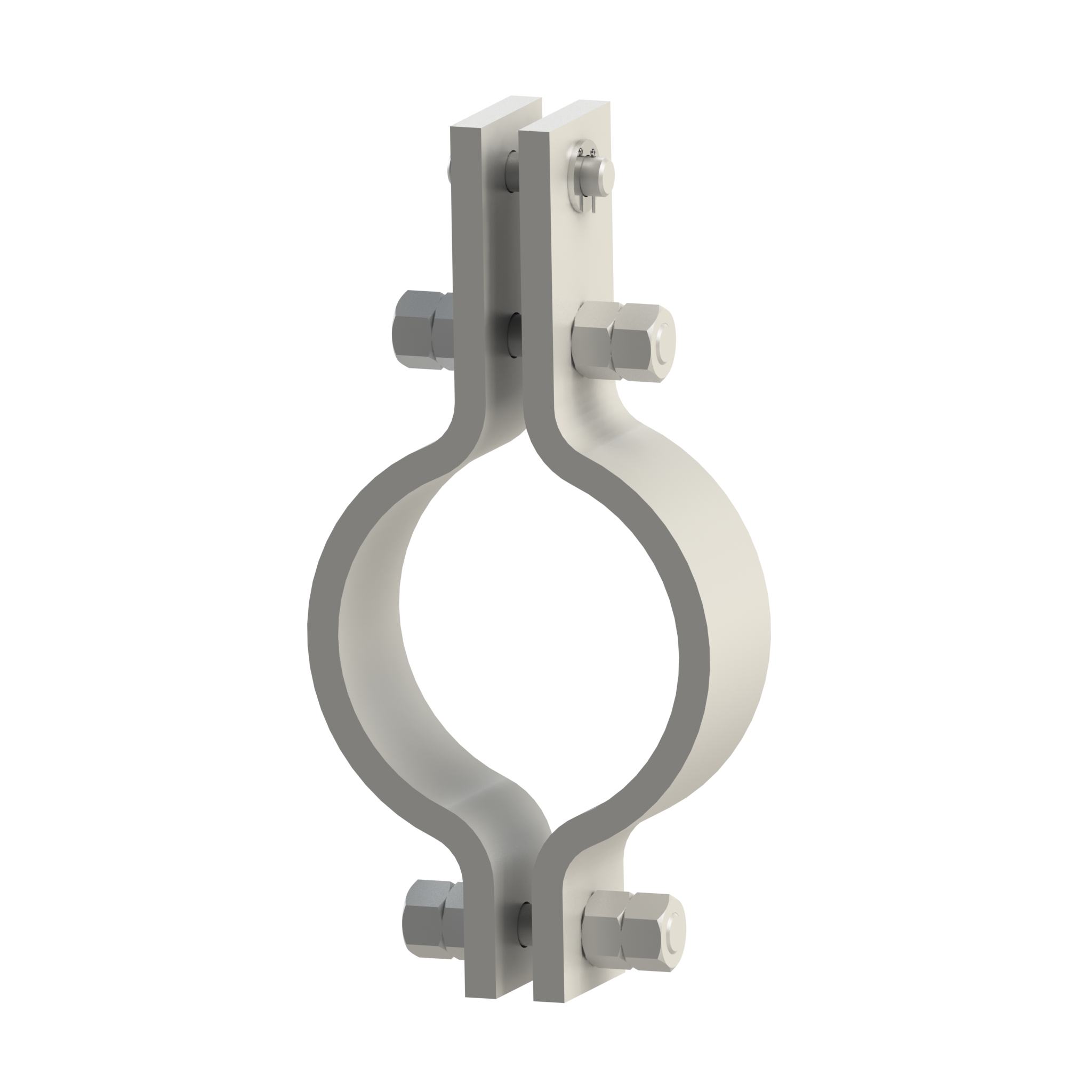 BG173
BG173ALLOY PIPE CLAMP - VERY HIGH TEMPERATURE
 BG140
BG140INSULATED 2-BOLT PIPE CLAMP
 BG141
BG141INSULATED 2-BOLT PIPE CLAMP FOR CU/NI
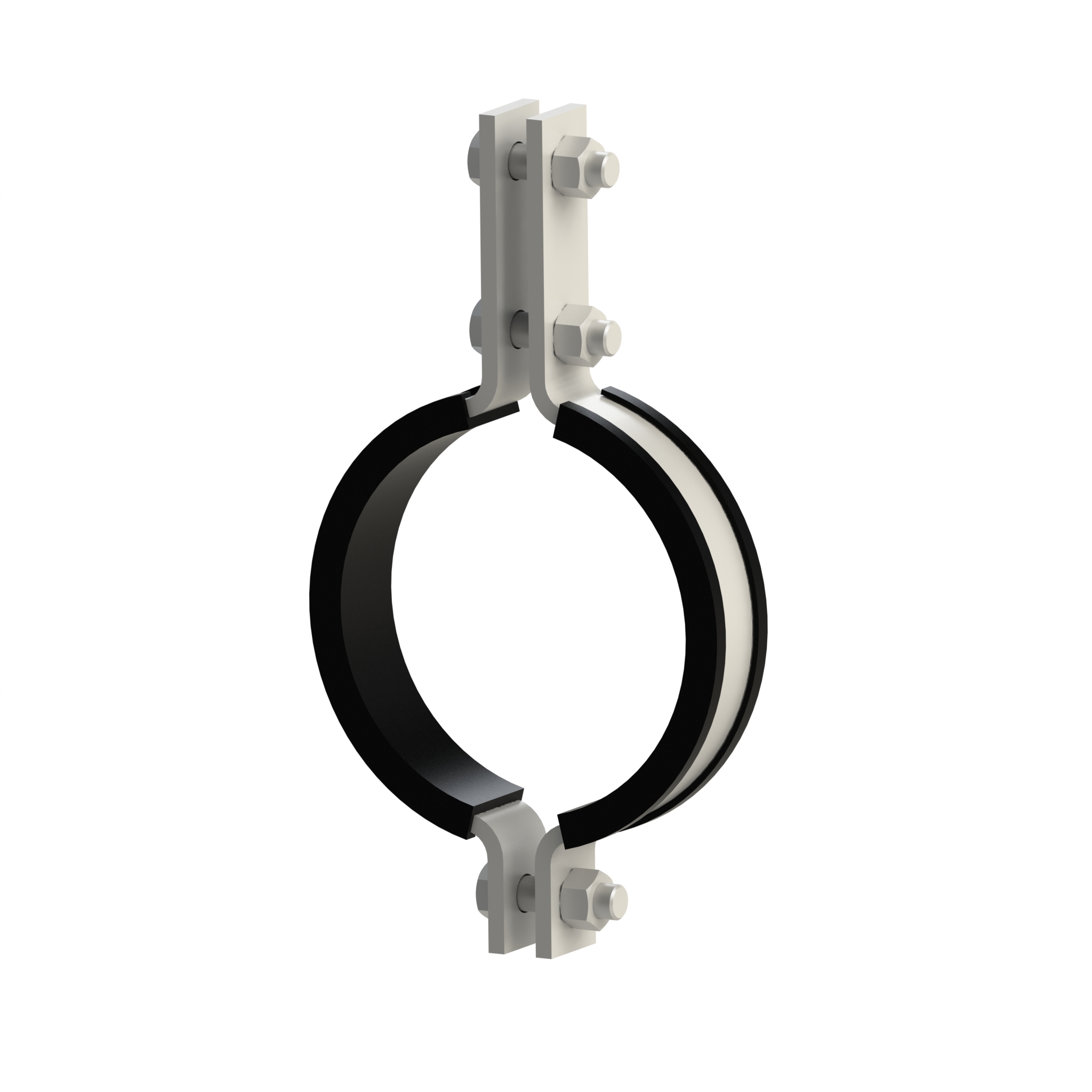 BG145
BG145INSULATED 3-BOLT PIPE CLAMP
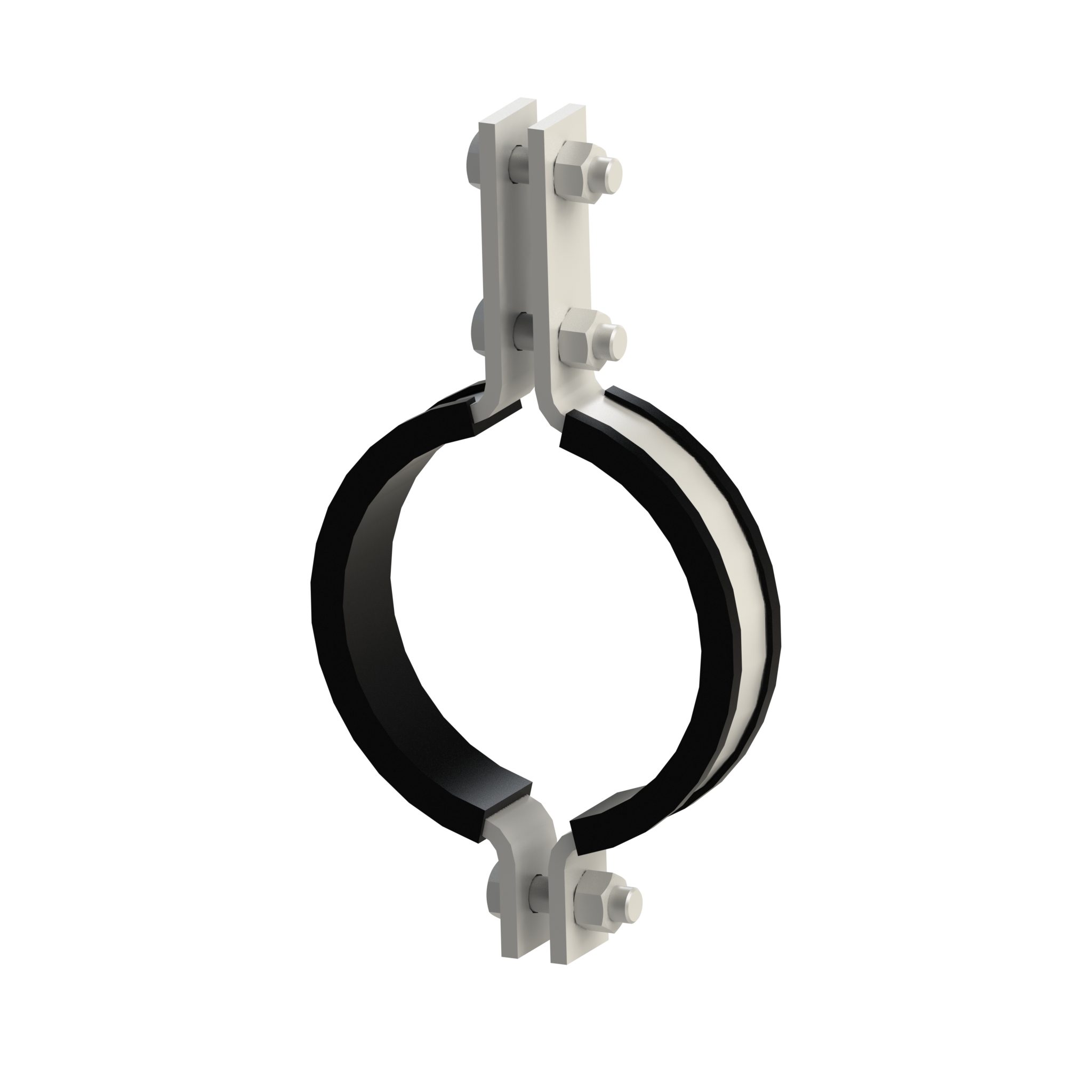 BG146
BG146INSULATED 3-BOLT PIPE CLAMP FOR CU/NI
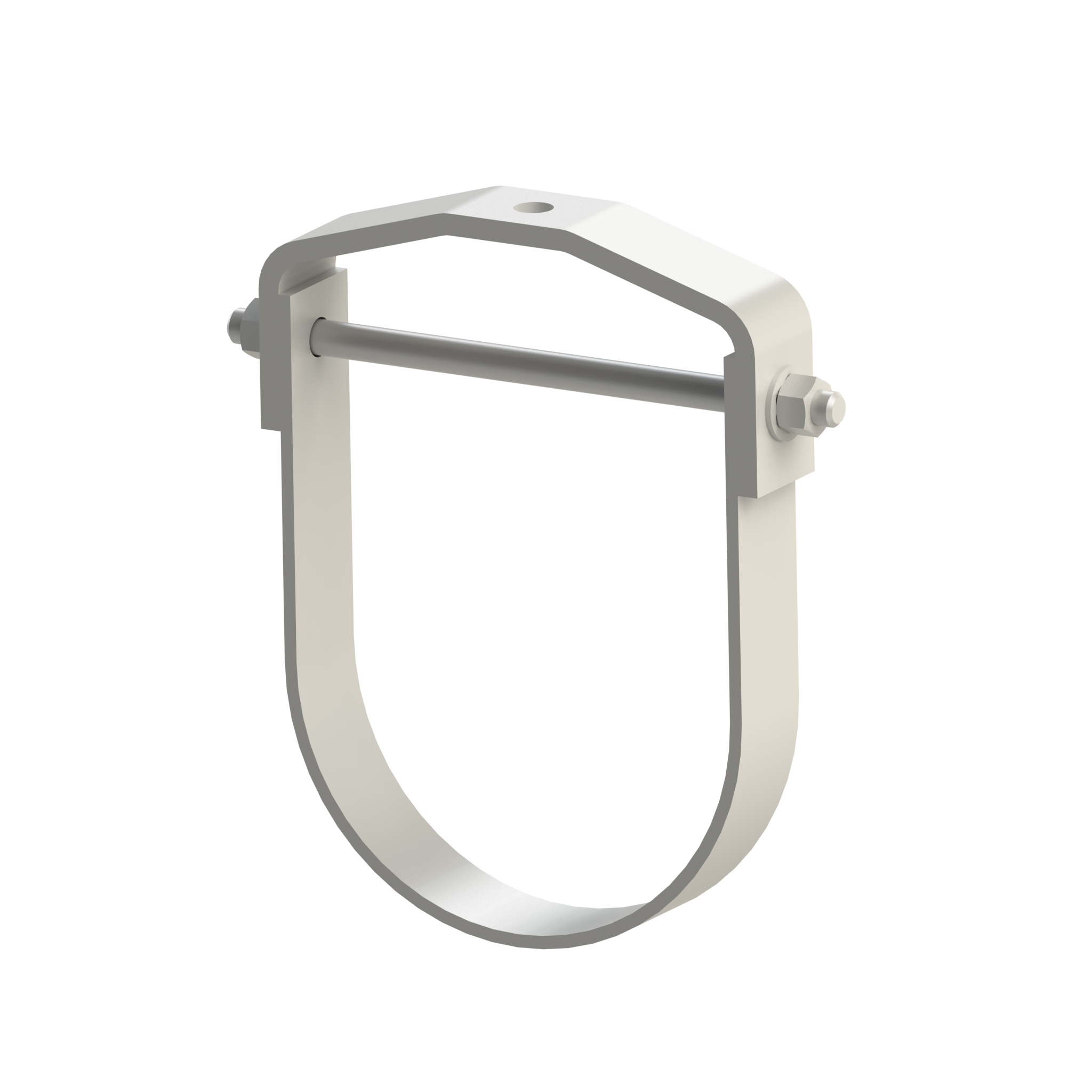 BG108
BG108CLEVIS CLAMP
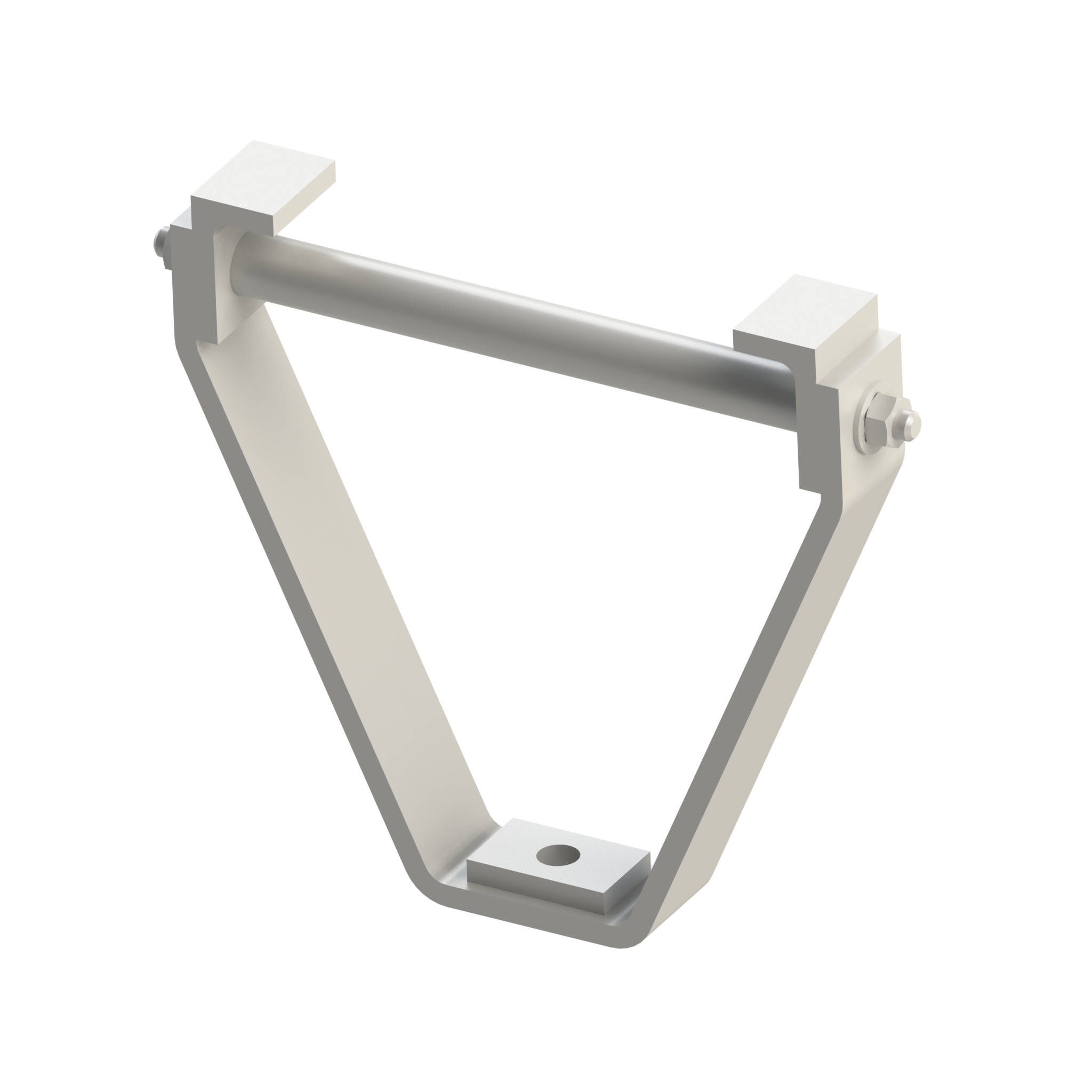 BG222
BG222BEAM CLAMP
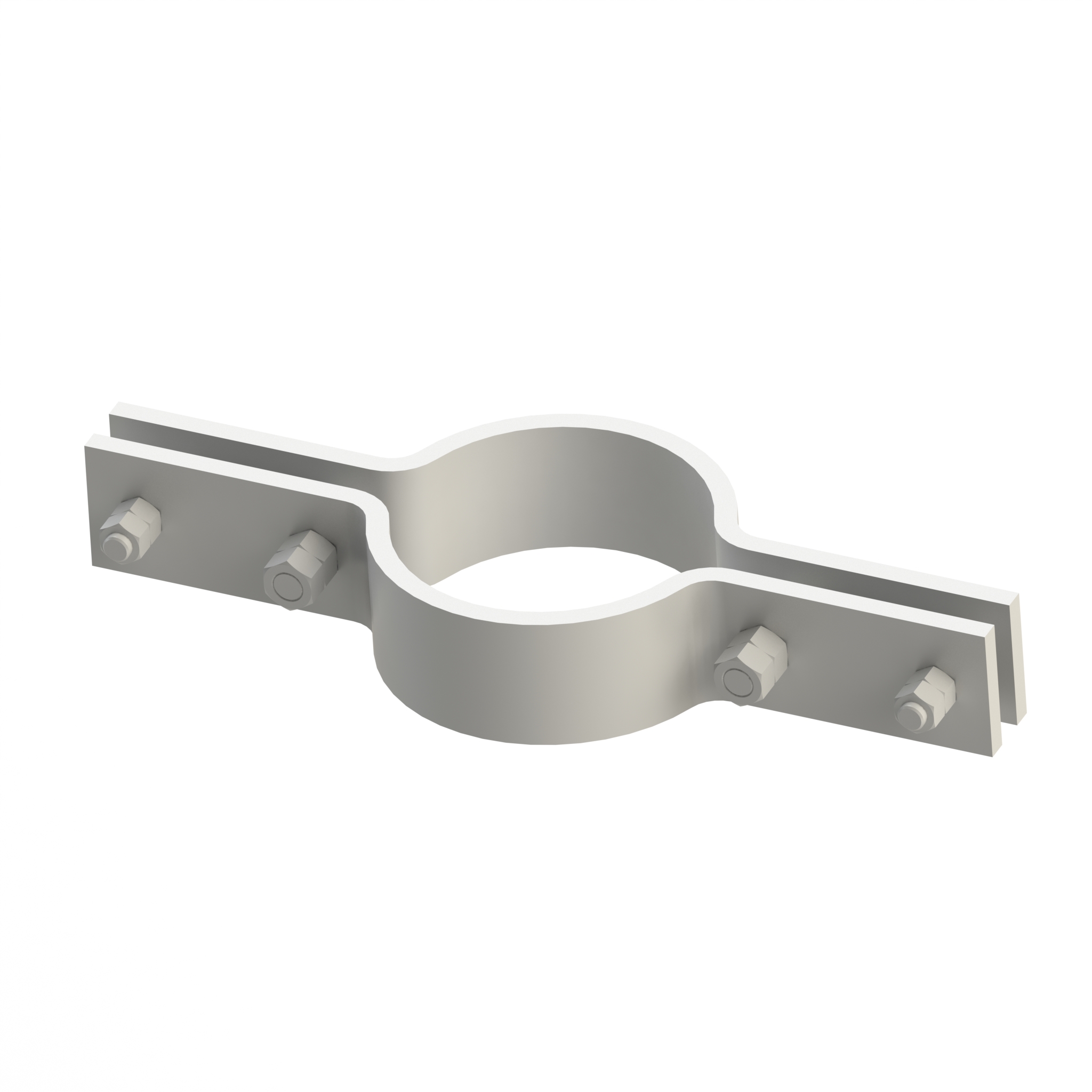 BG174
BG174RISER SUPPORT – STD TEMPERATURE
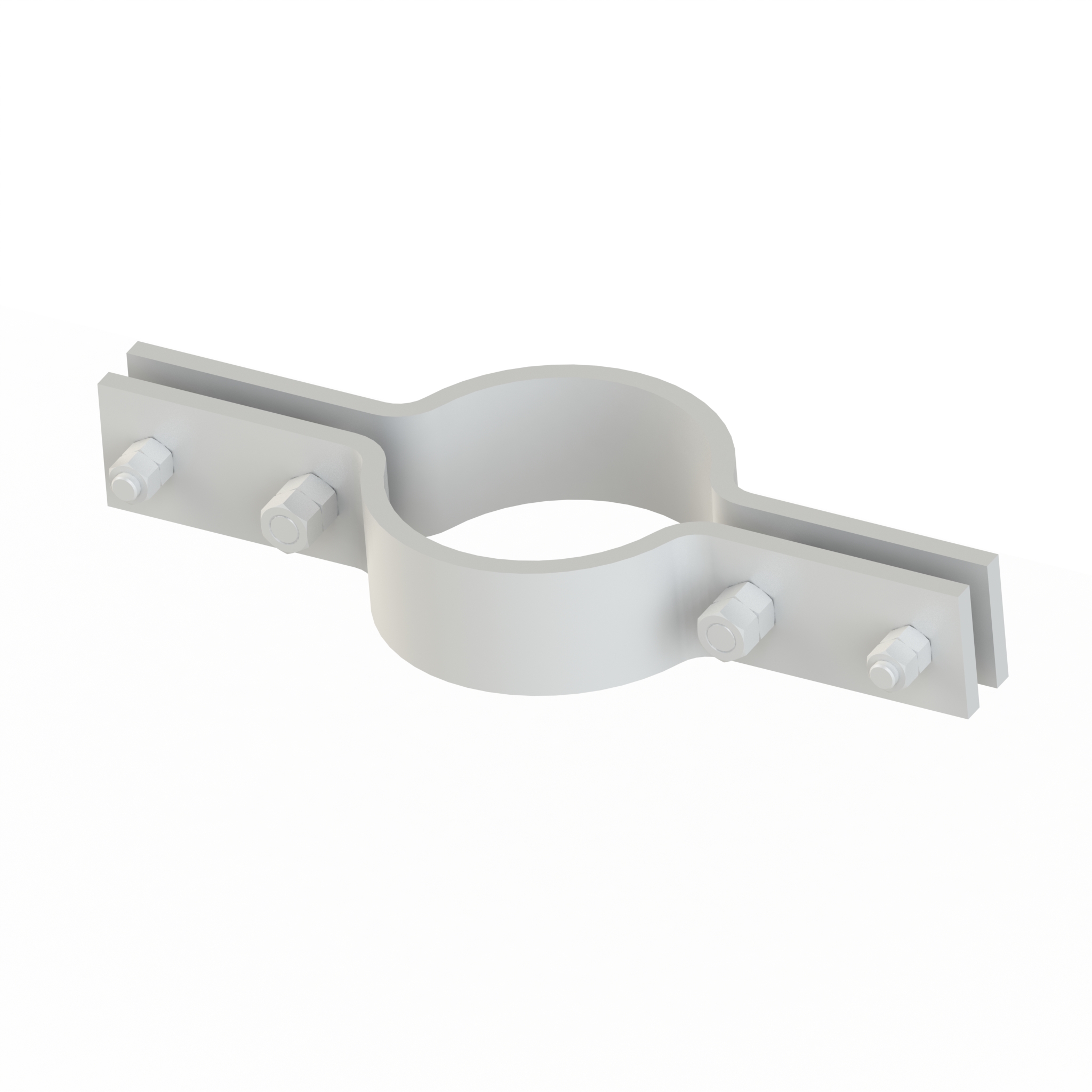 BG175
BG175RISER SUPPORT – HIGH TEMPERATURE
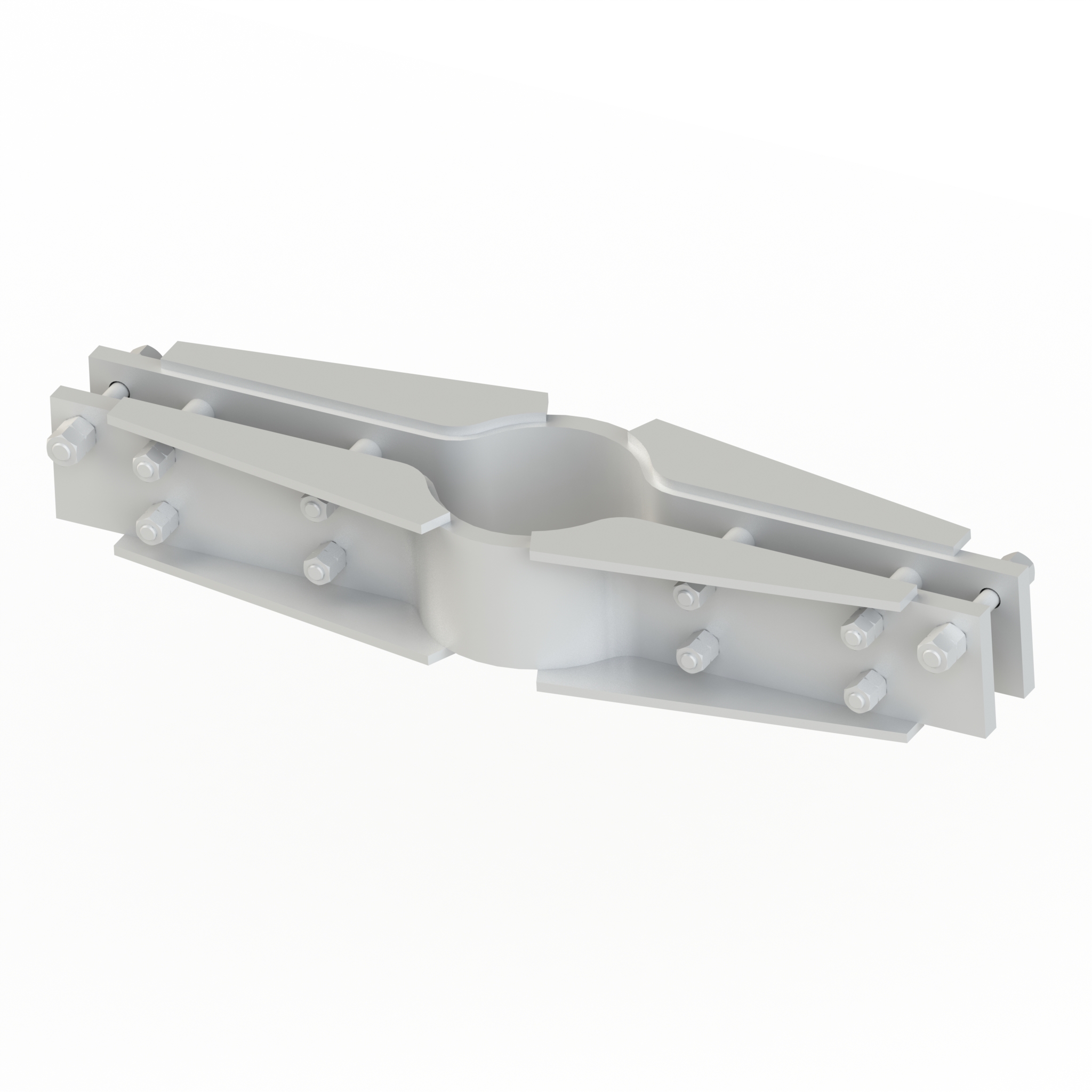 BG176
BG176ALLOY RISER SUPPORT - VERY HIGH TEMPERATURE
 BG202
BG202ALLTHREAD ROD
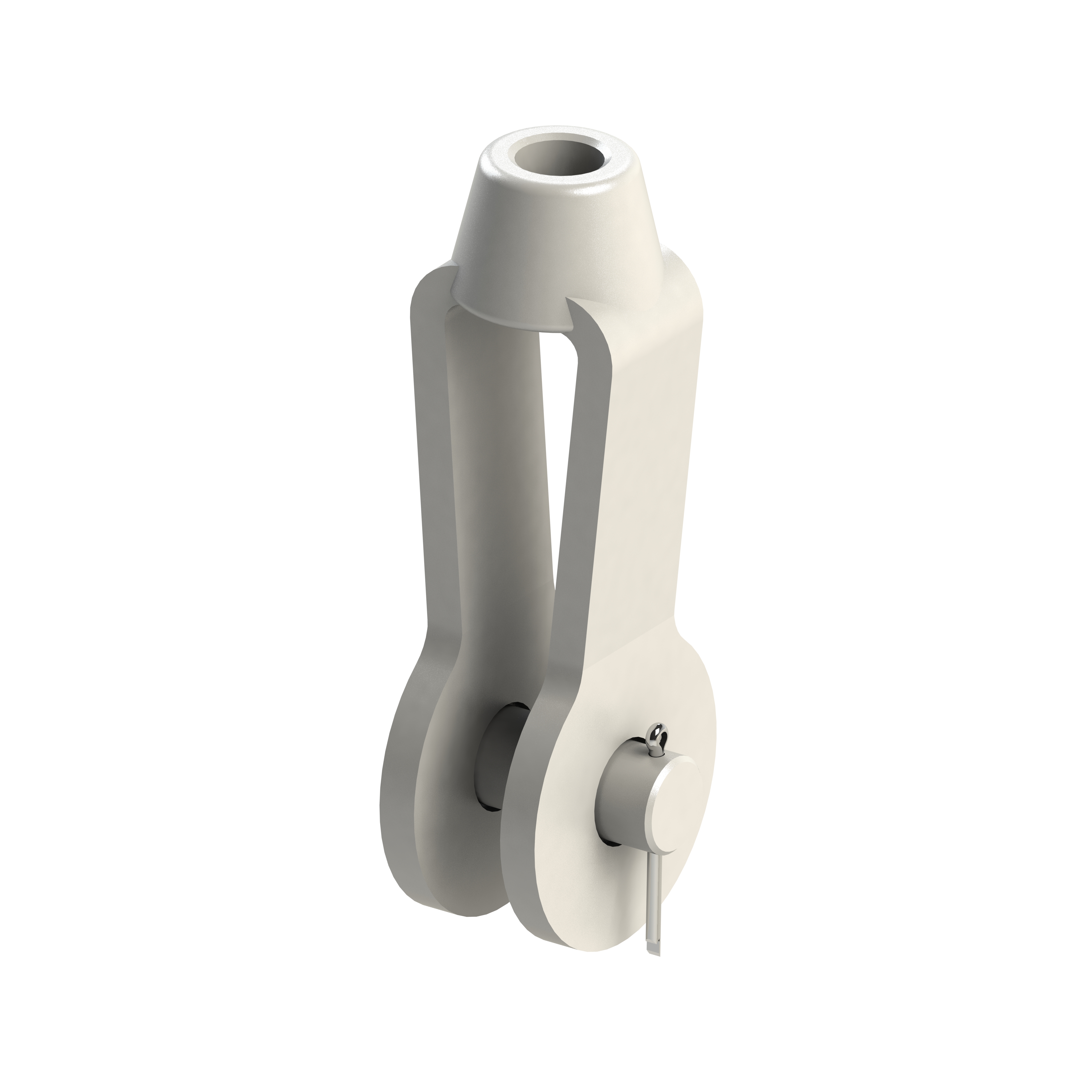 BG209
BG209FORGED CLEVIS AND PIN
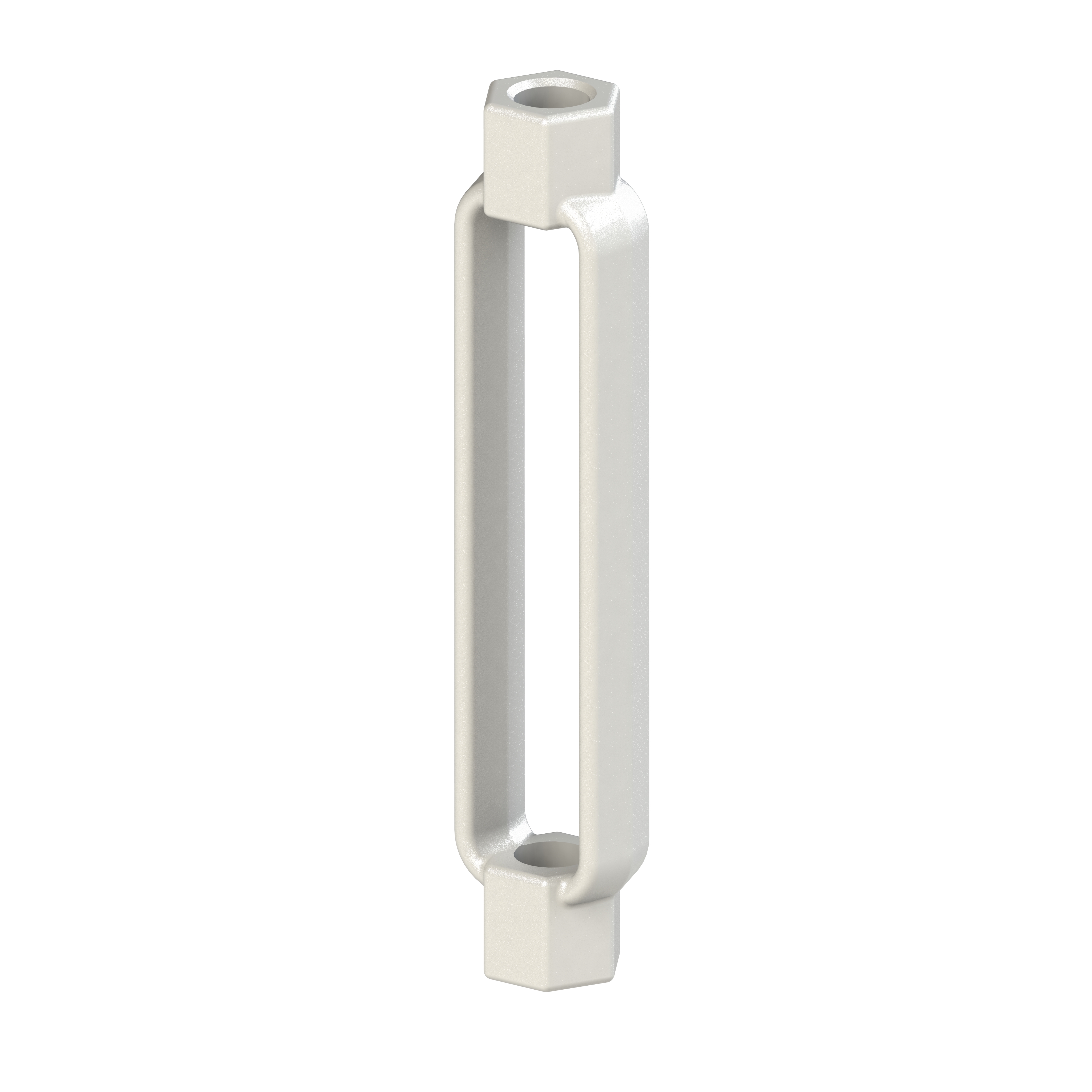 BG210
BG210FORGED TURNBUCKLE
 BG204
BG204FORGED WELDLESS EYE NUT
 BG215
BG215HEMISPHERICAL CUP
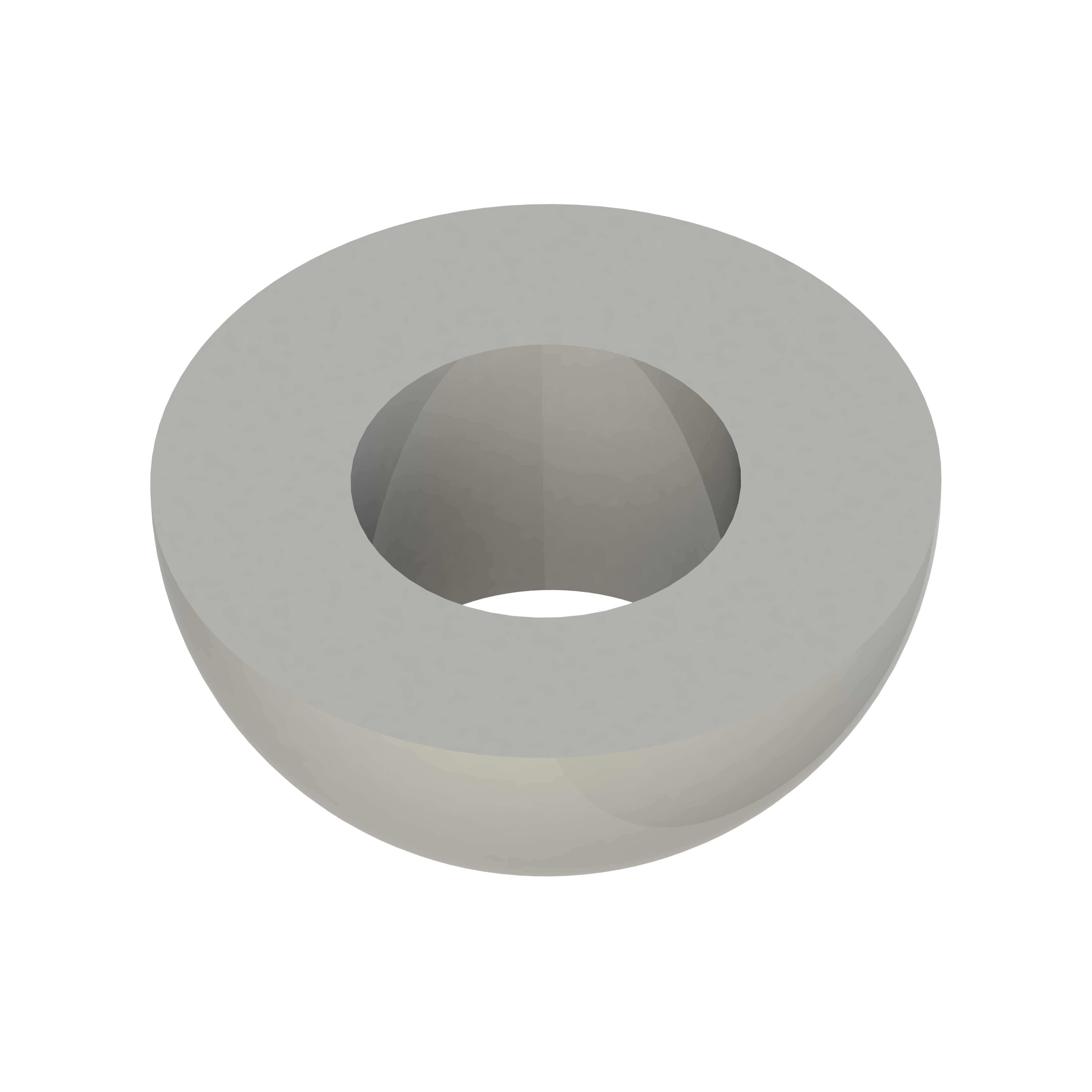 BG214
BG214HEMISPHERICAL WASHER
 BG206
BG206HEXAGONAL CONNECTOR
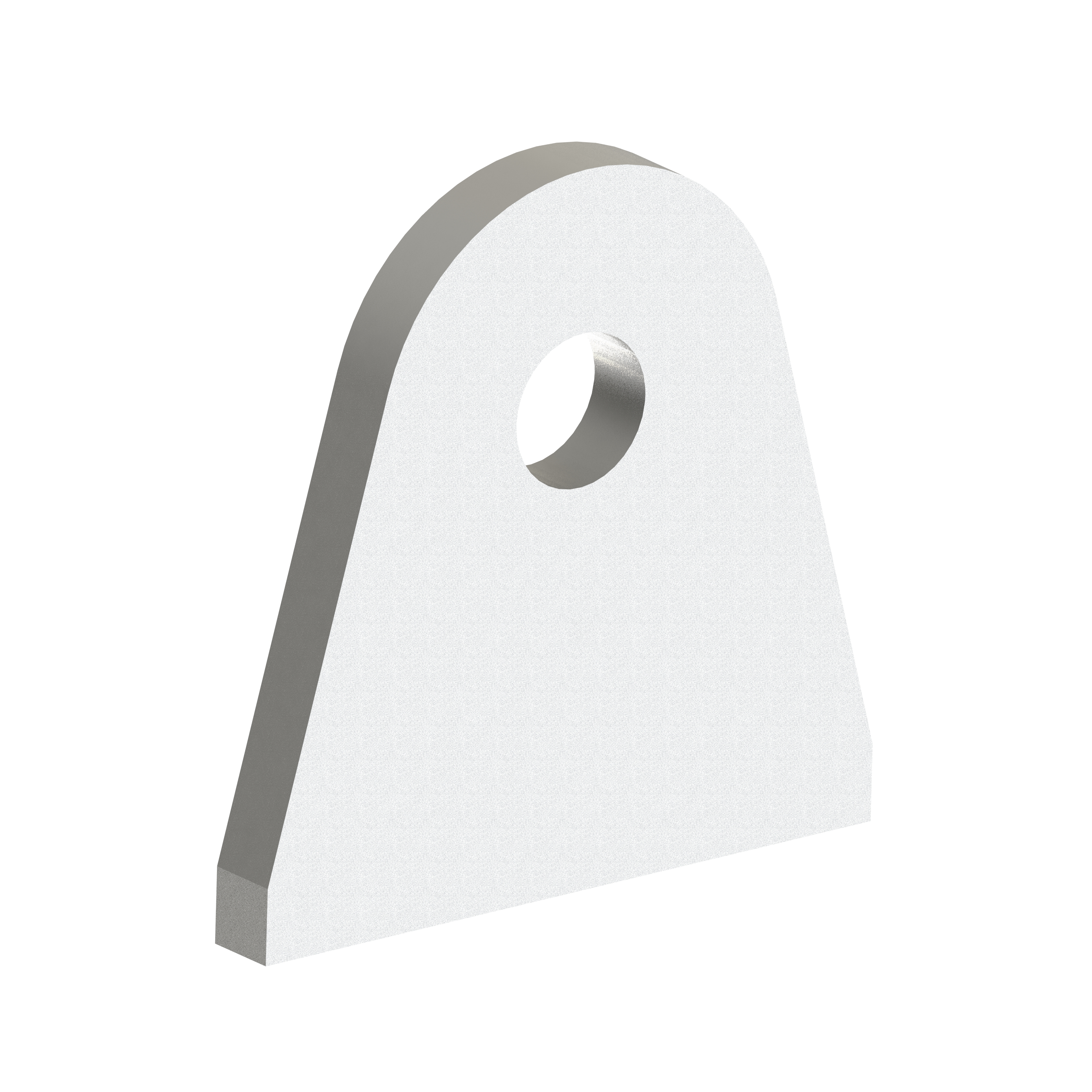 BG216
BG216PIPE WELDING LUG
 BG217
BG217PLATE WASHER
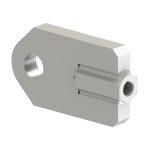 BG207
BG207SPADE NUT
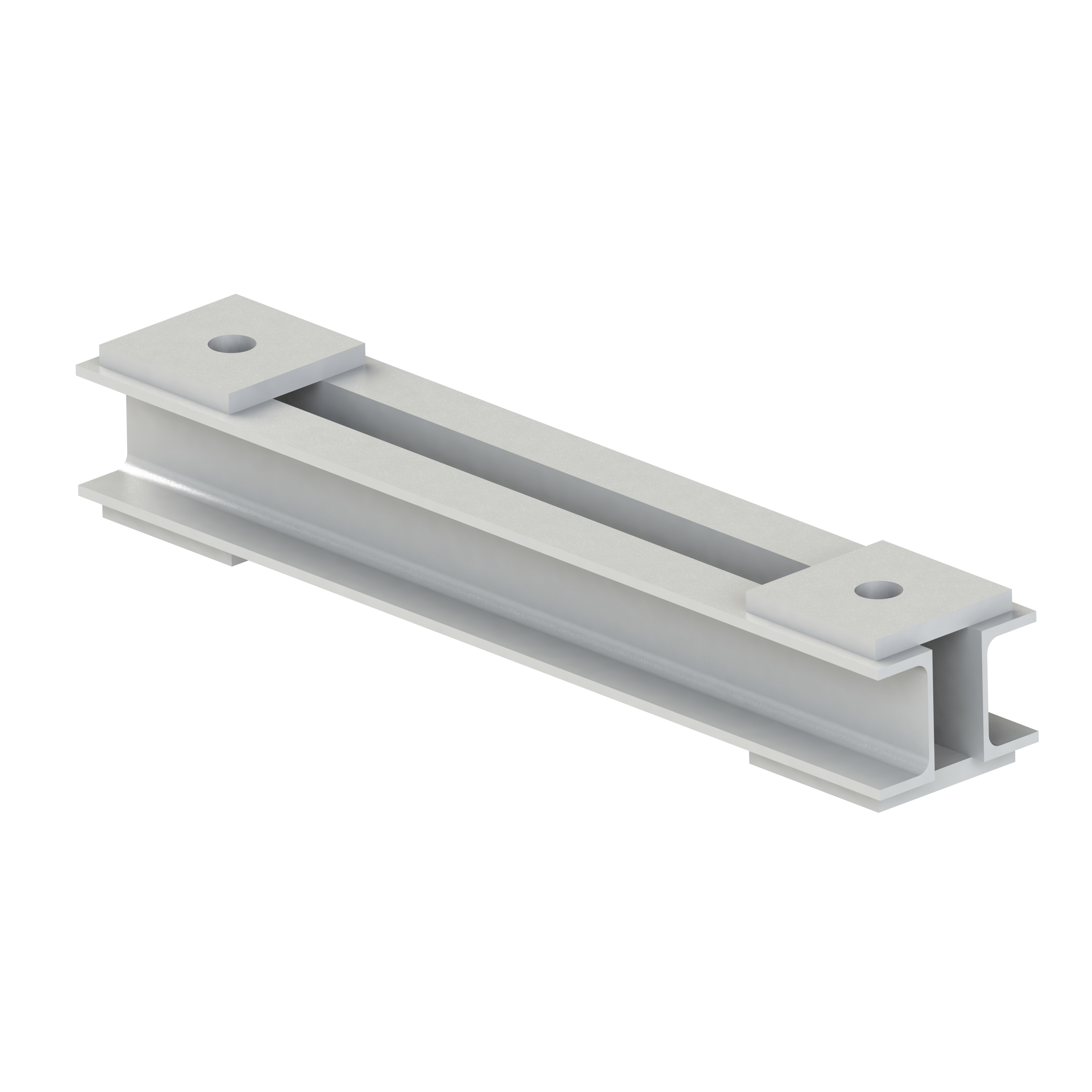 BG245
BG245STANDARD TRAPEZE
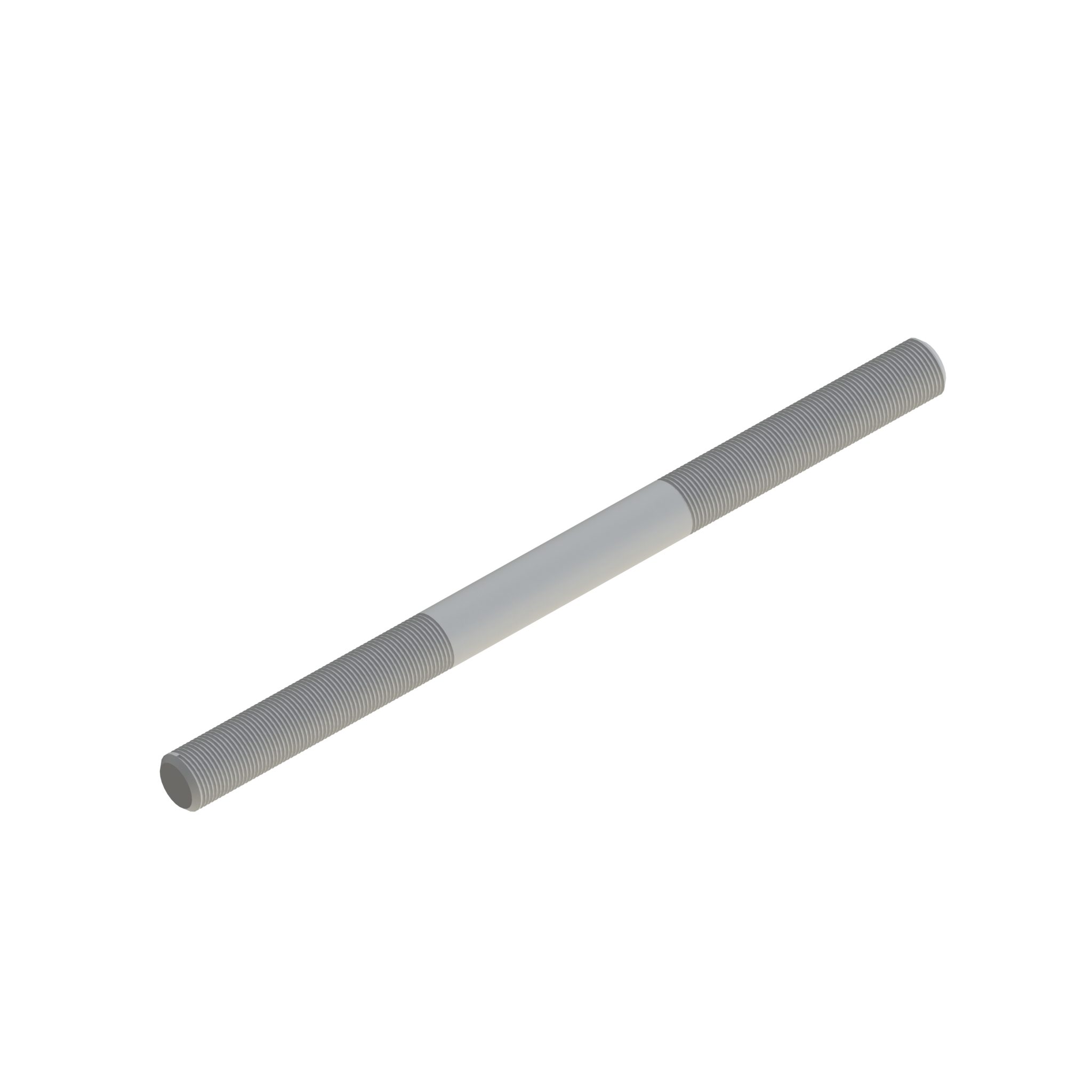 BG203
BG203THREADED DROP ROD – RH/LH
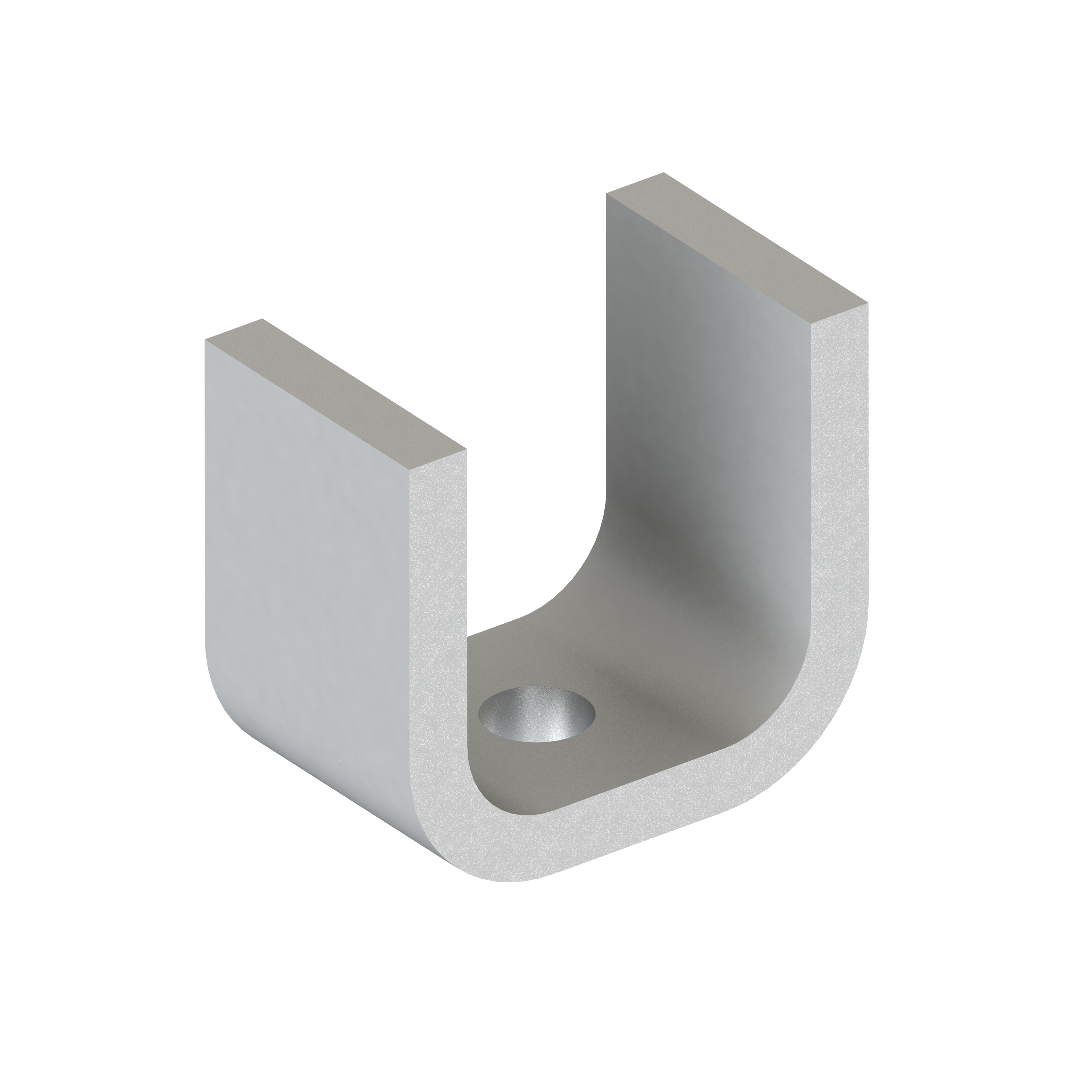 BG219
BG219WELDED BEAM ATTACHMENT
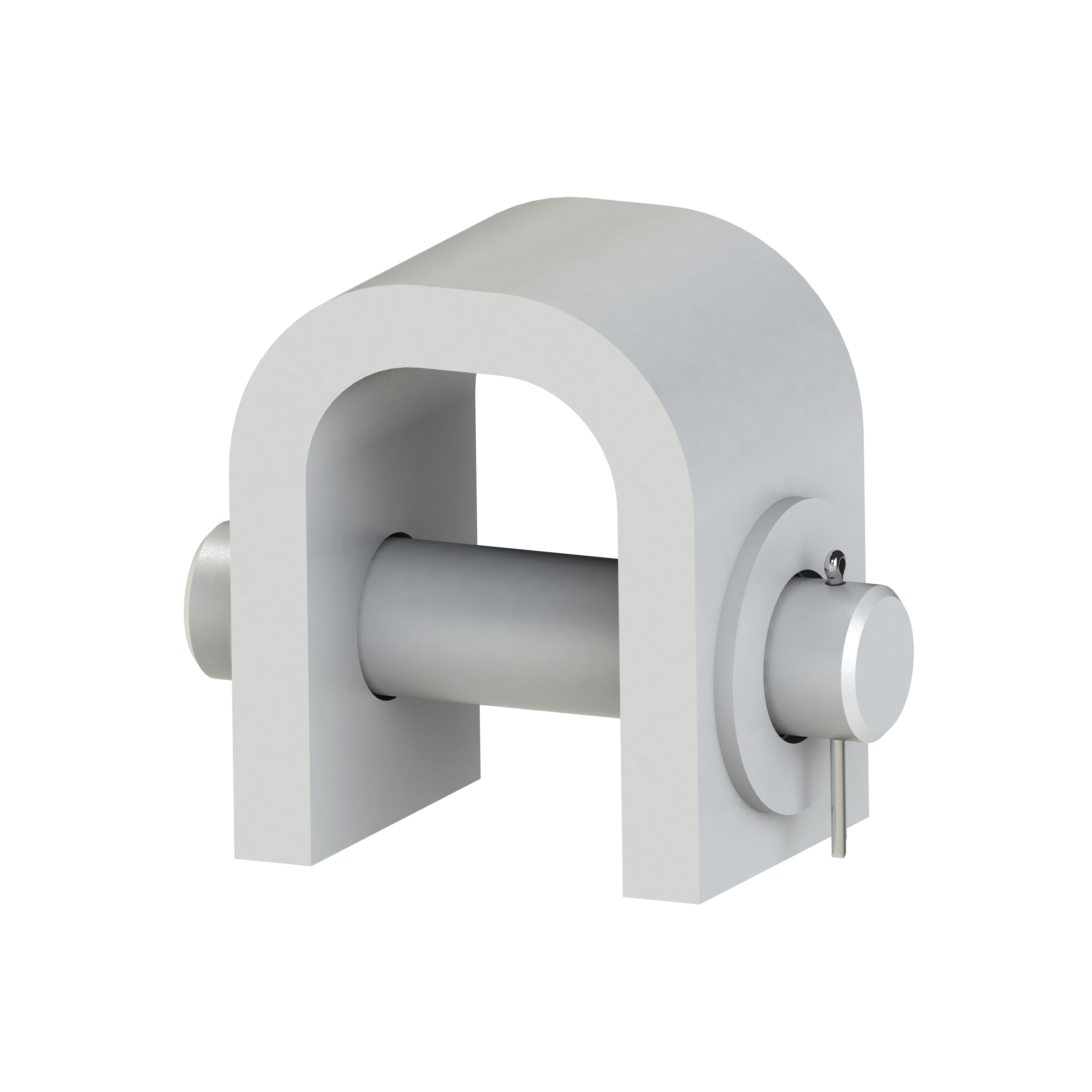 BG220
BG220WELDED BEAM ATTACHMENT (WITH LOAD PIN)
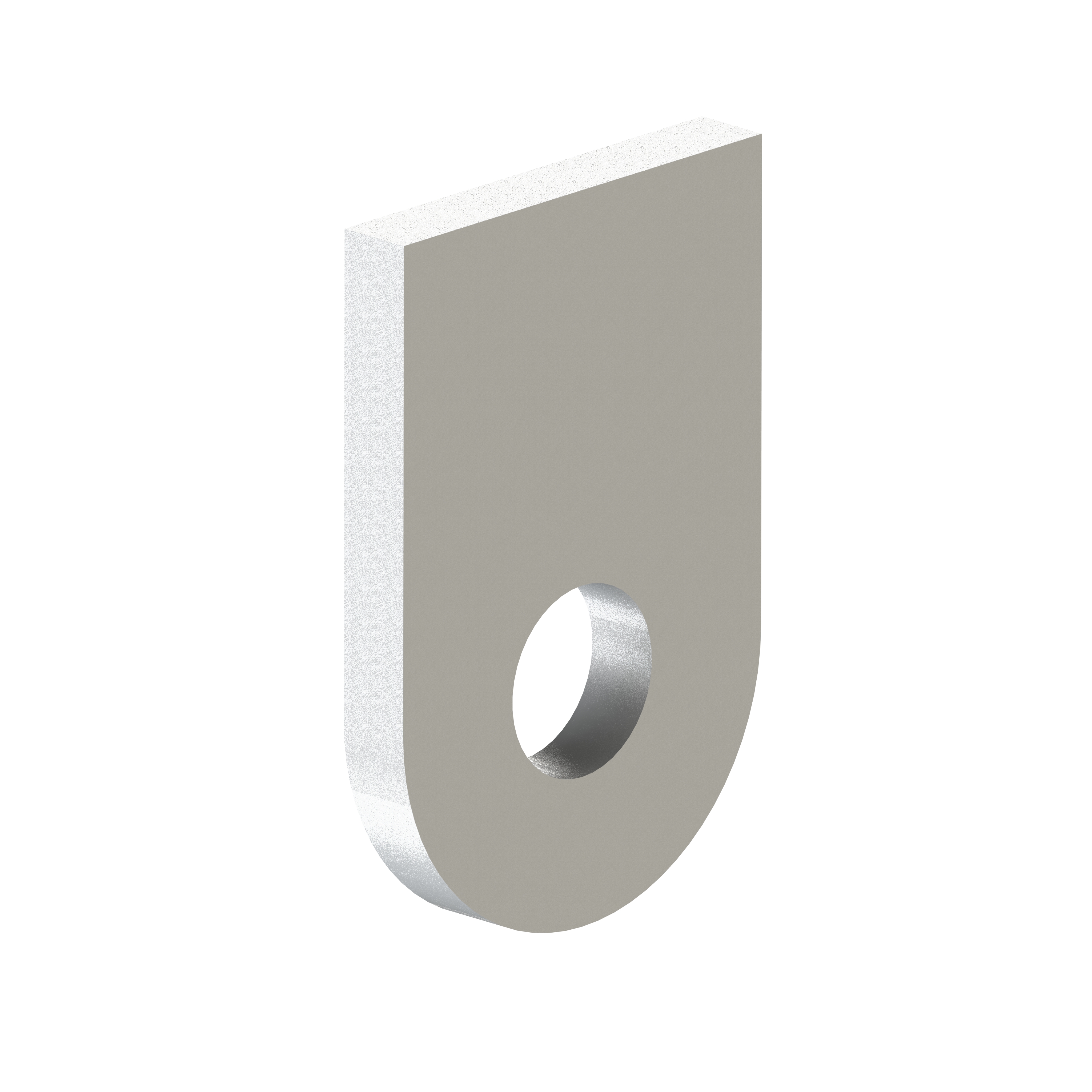 BG225
BG225WELDING LUG
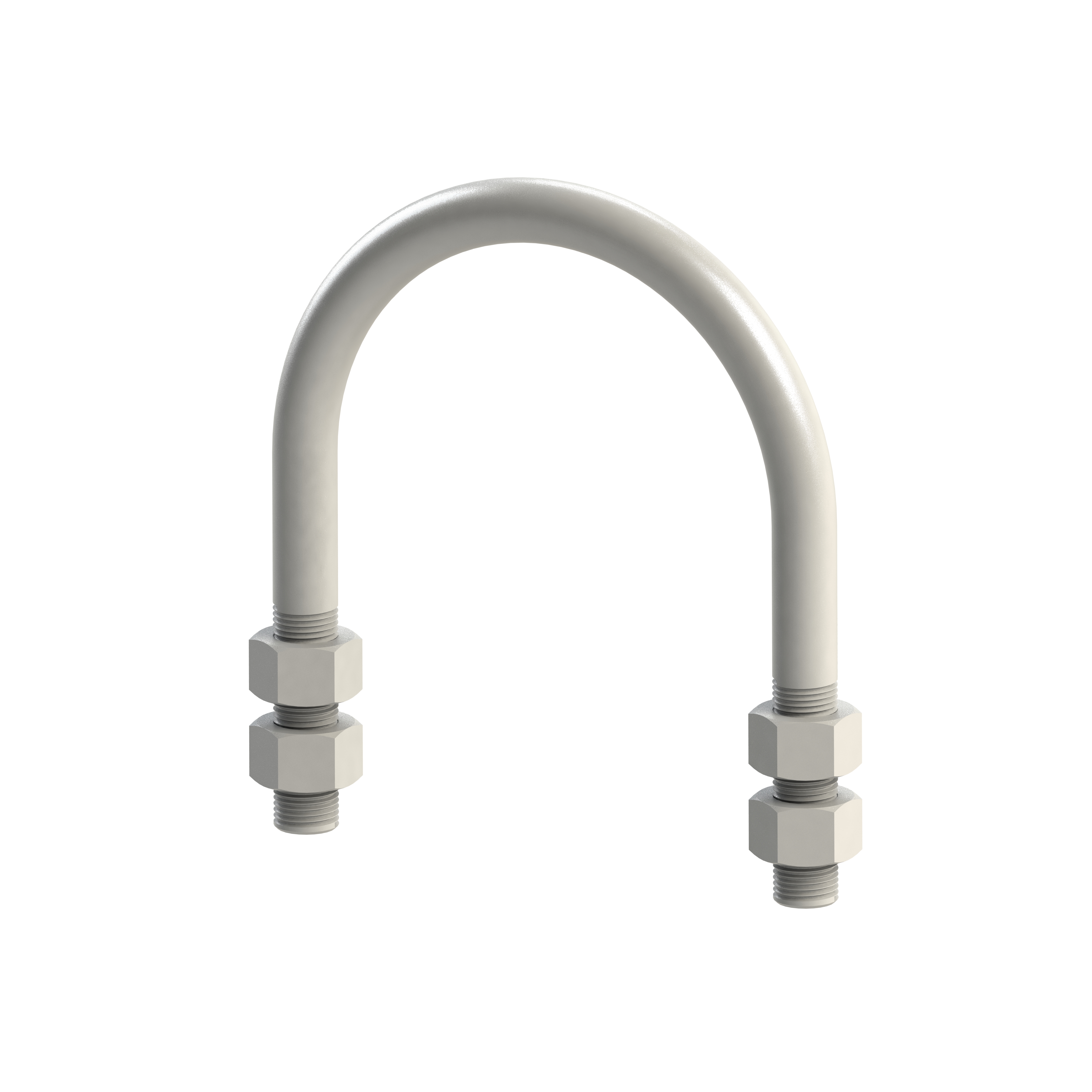 BG180
BG180U-BOLT GUIDE
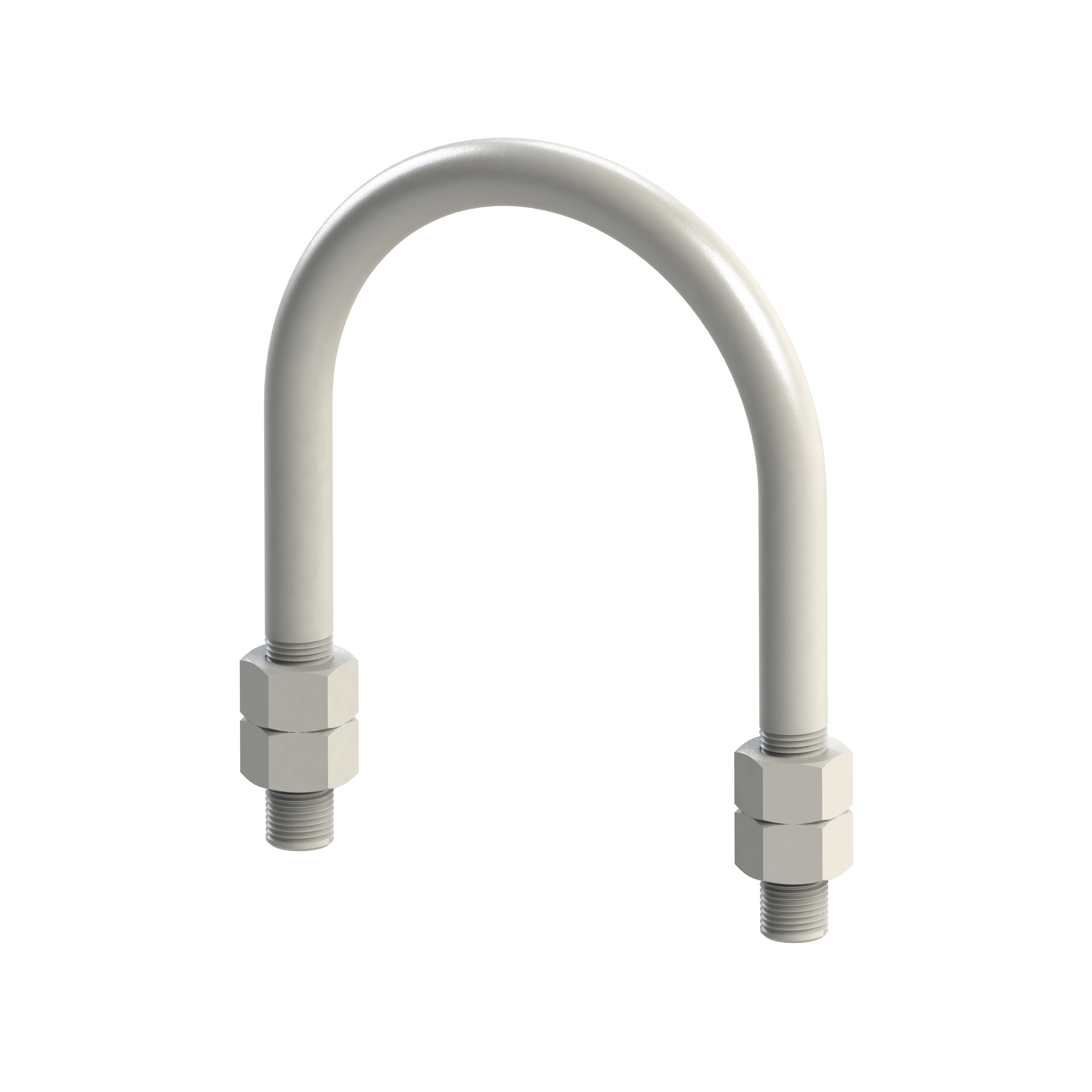 BG181
BG181U-BOLT CLAMP
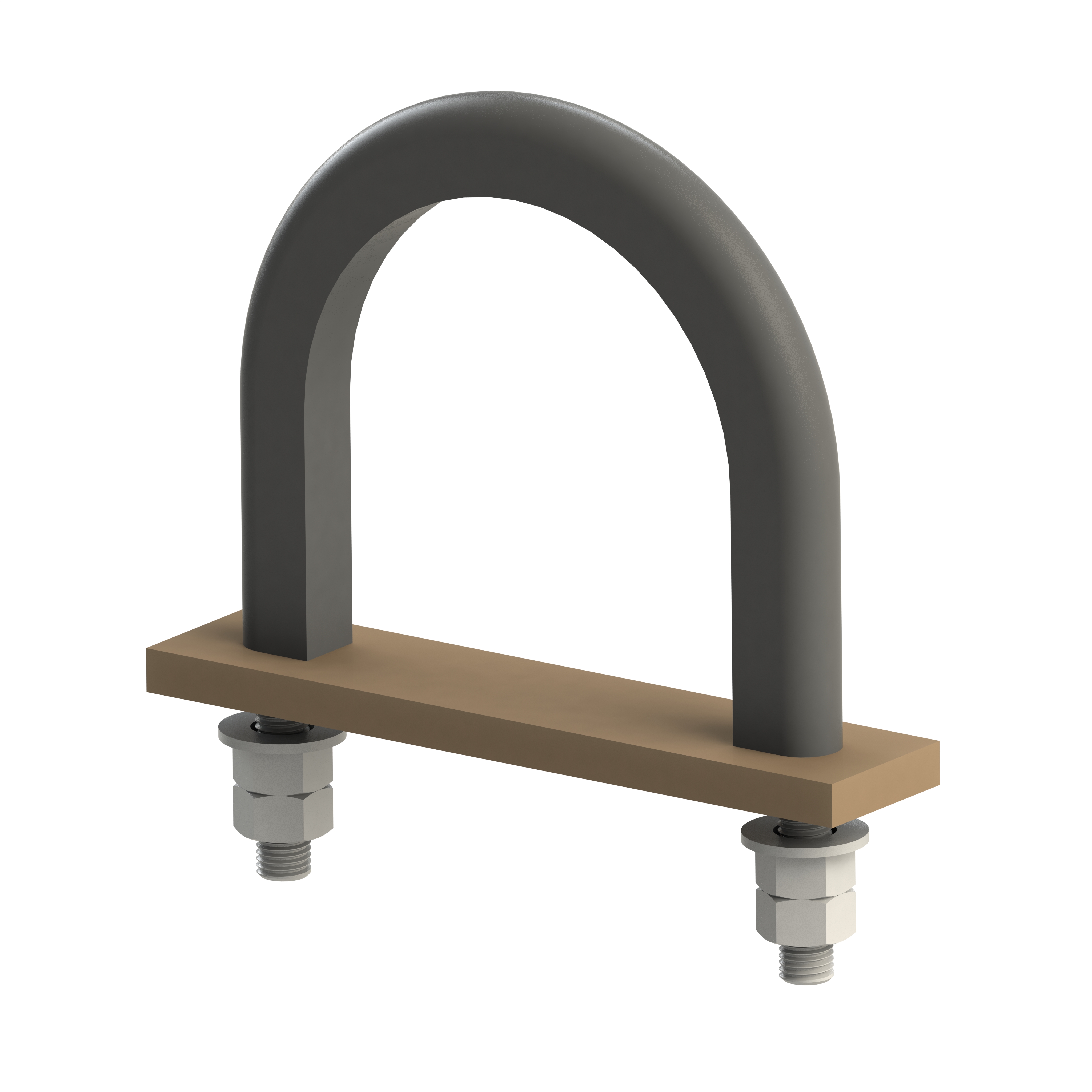 BG150
BG150INSULATED U-BOLT CLAMP
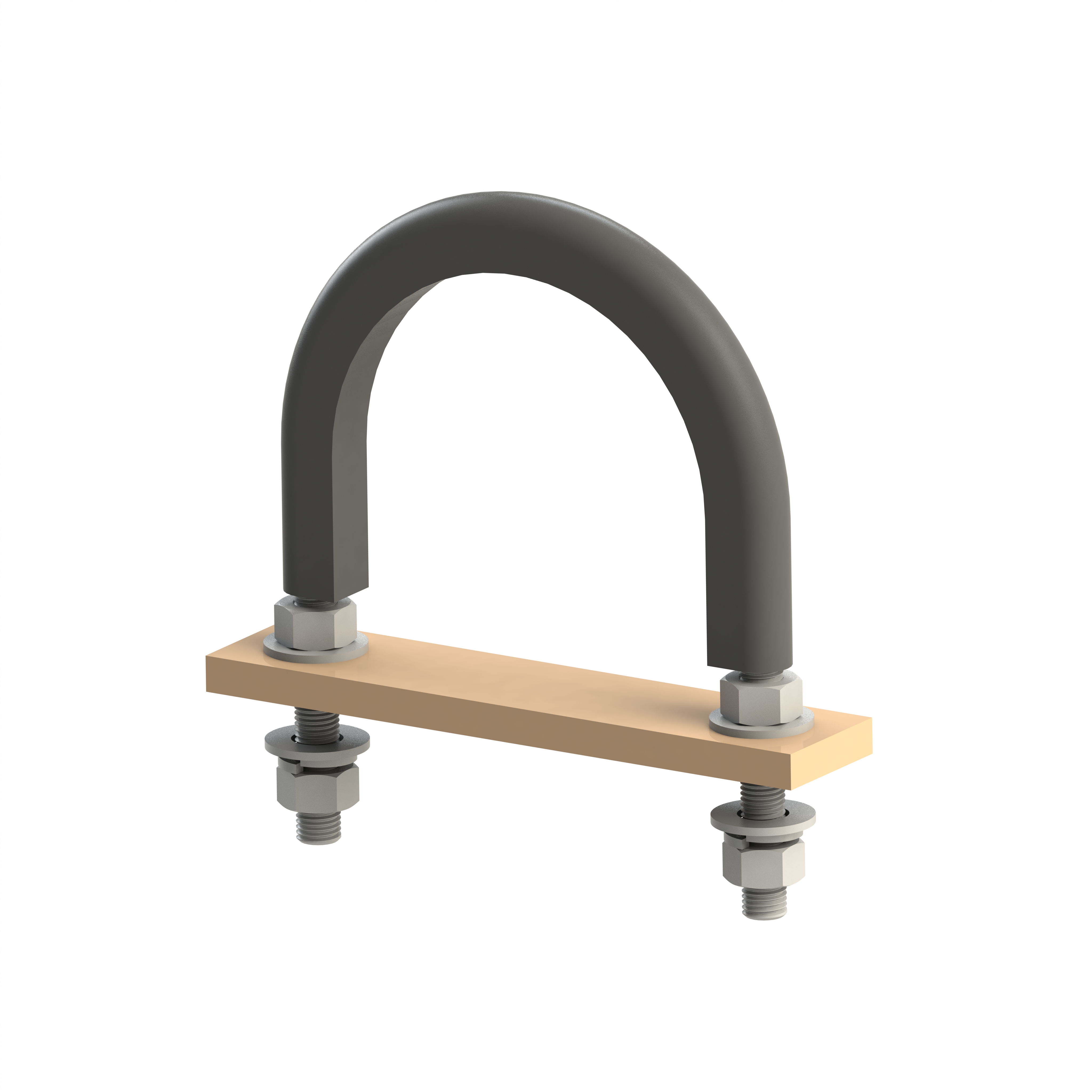 BG152
BG152INSULATED U-BOLT GUIDE
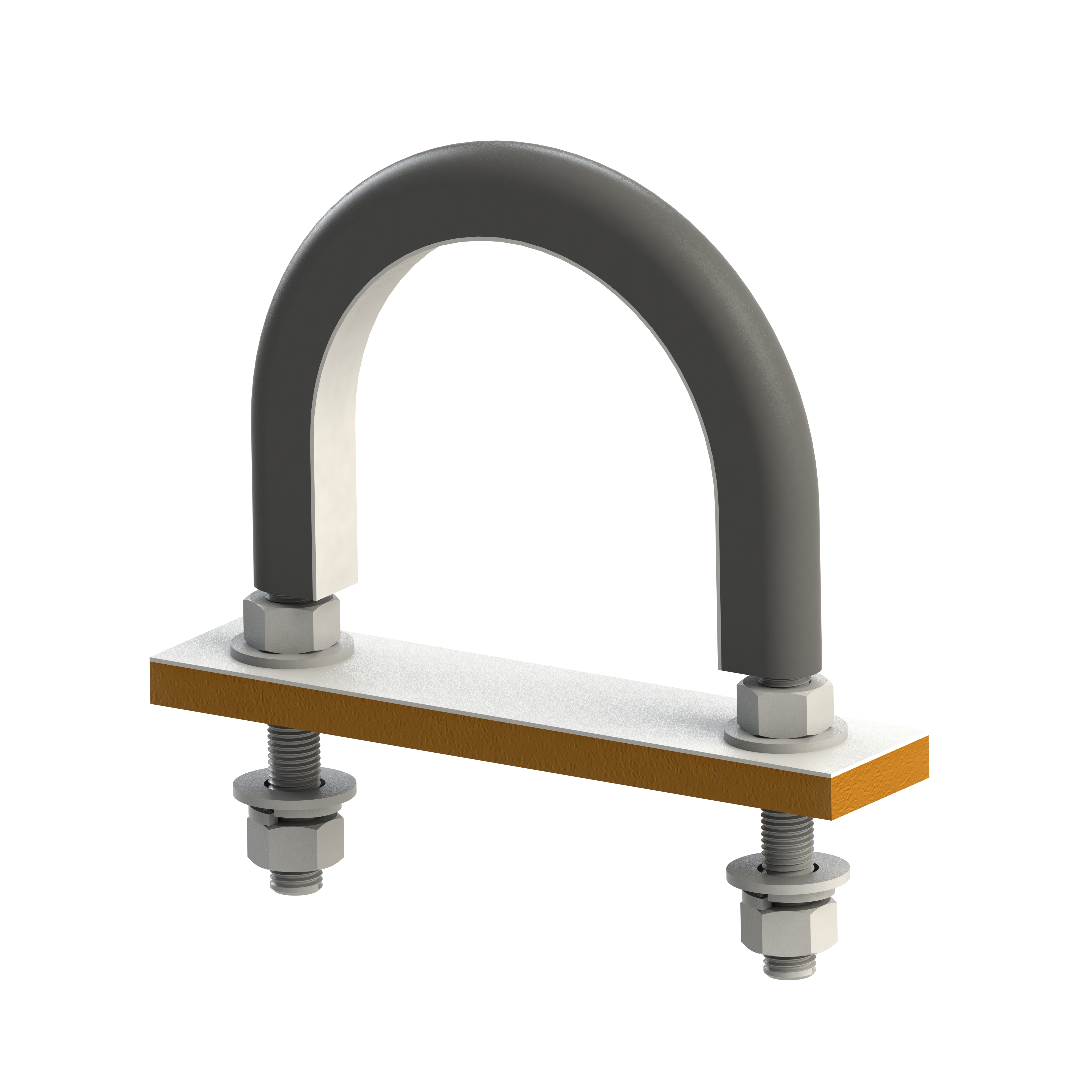 BG154
BG154INSULATED U-BOLT GUIDE (WITH TEFLON)
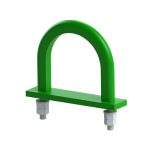 BG190
BG190INSULATED U-BOLT CLAMP
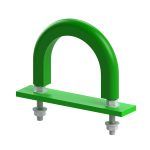 BG192
BG192INSULATED U-BOLT GUIDE
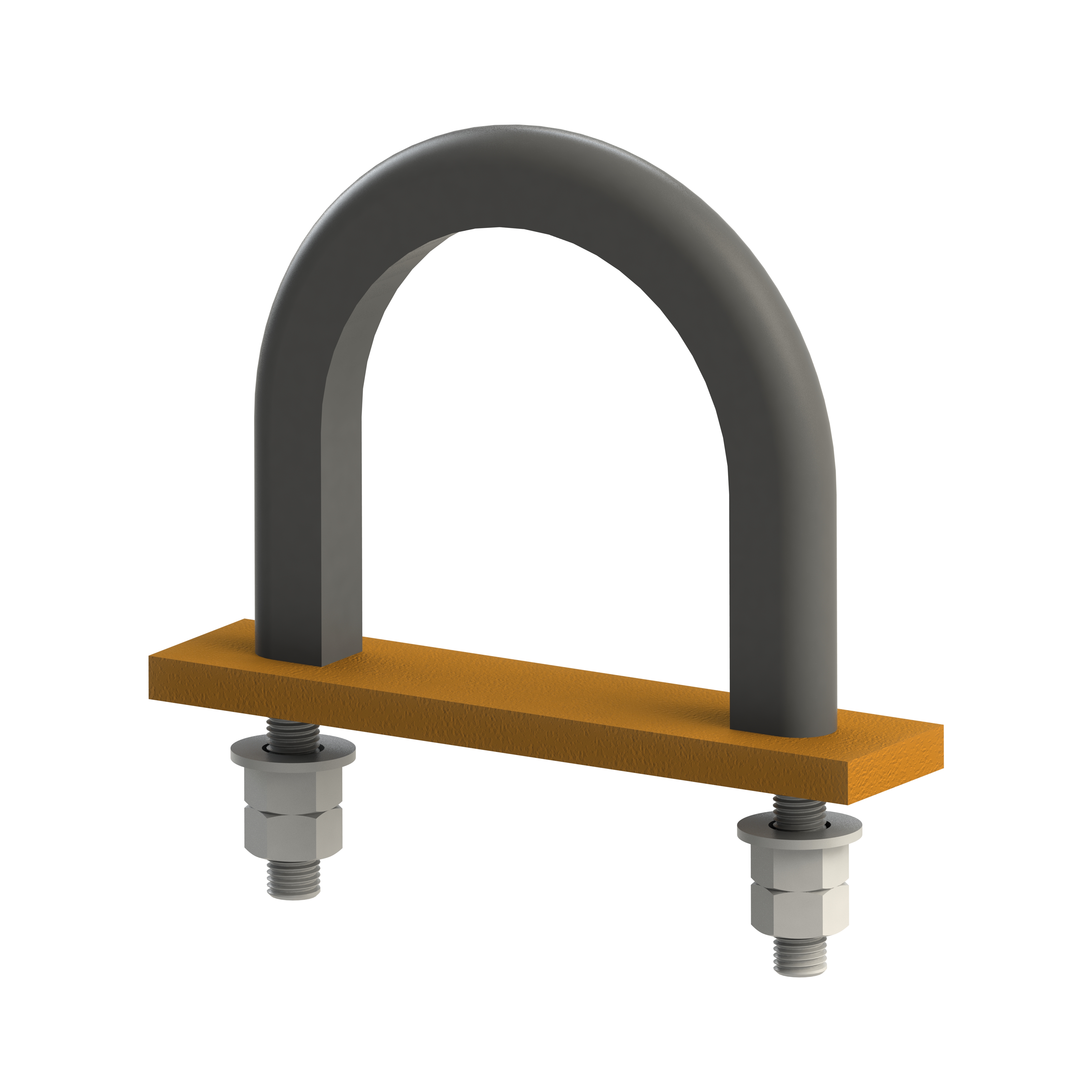 BG151
BG151INSULATED U-BOLT CLAMP FOR CU/NI
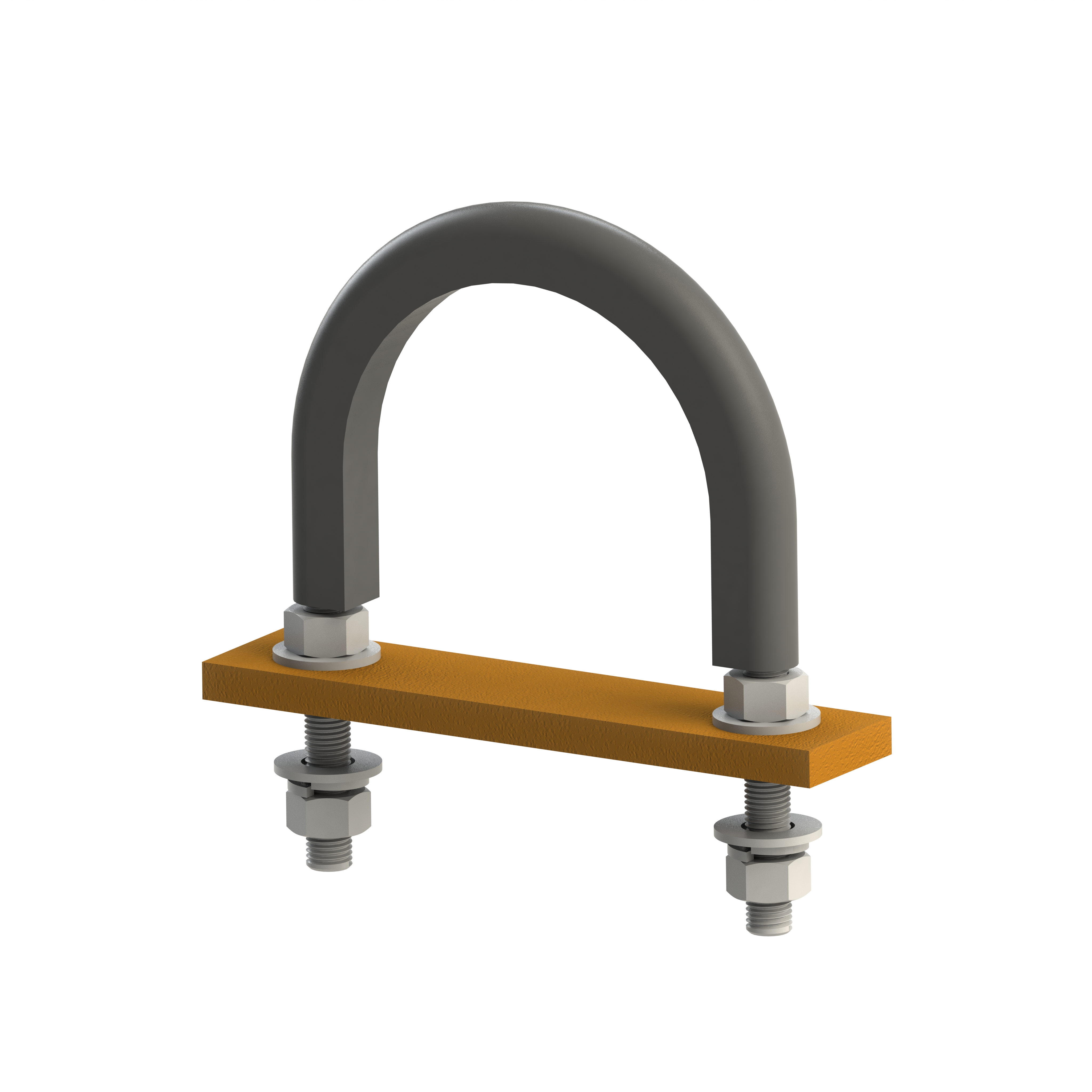 BG153
BG153INSULATED U-BOLT GUIDE FOR CU/NI
For Cu/Ni Pipe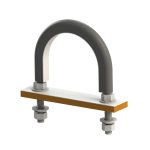 BG155
BG155INSULATED U-BOLT GUIDE (WITH TEFLON)
For Cu/Ni Pipe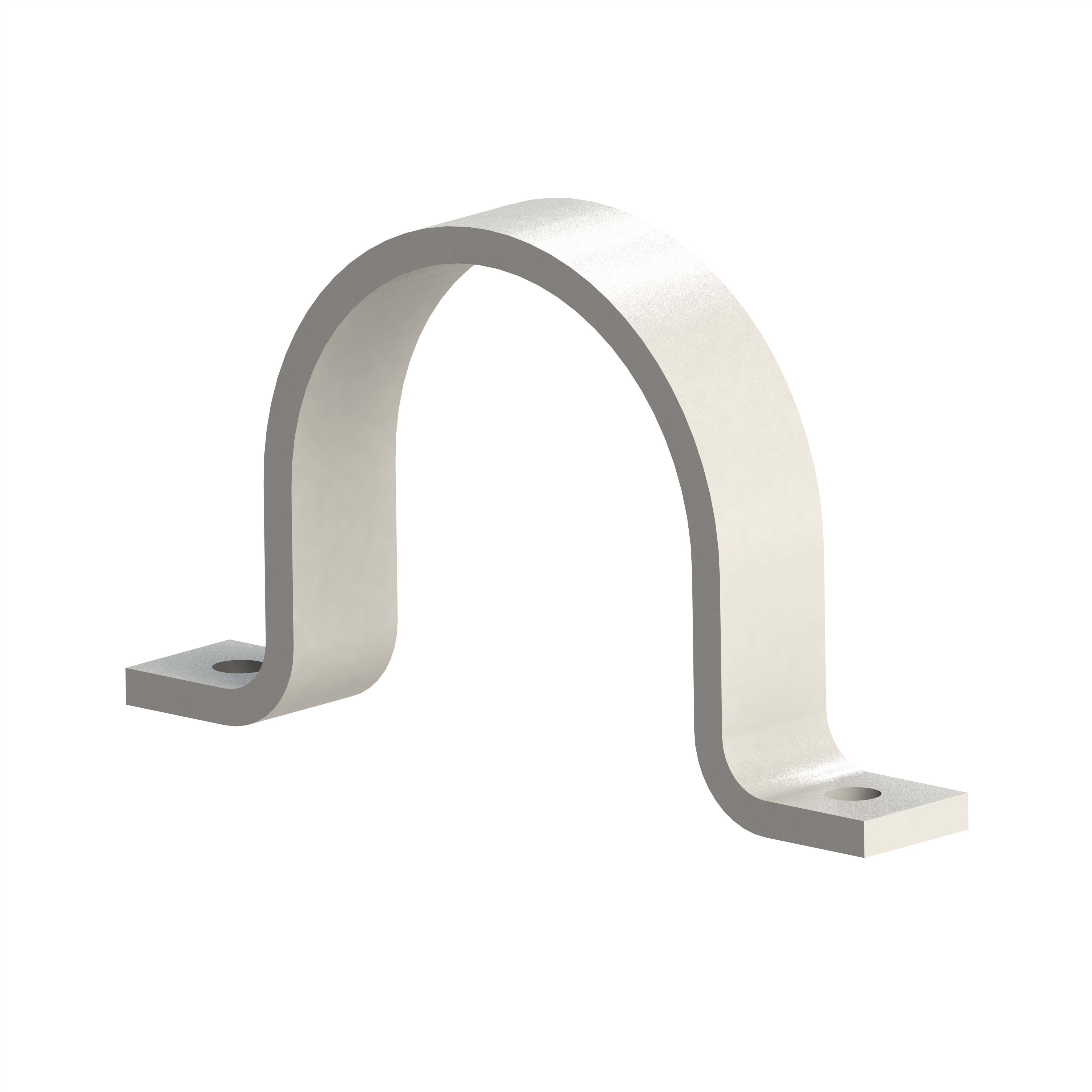 BG177
BG177SADDLE GUIDE
 BG178
BG178SADDLE CLAMP
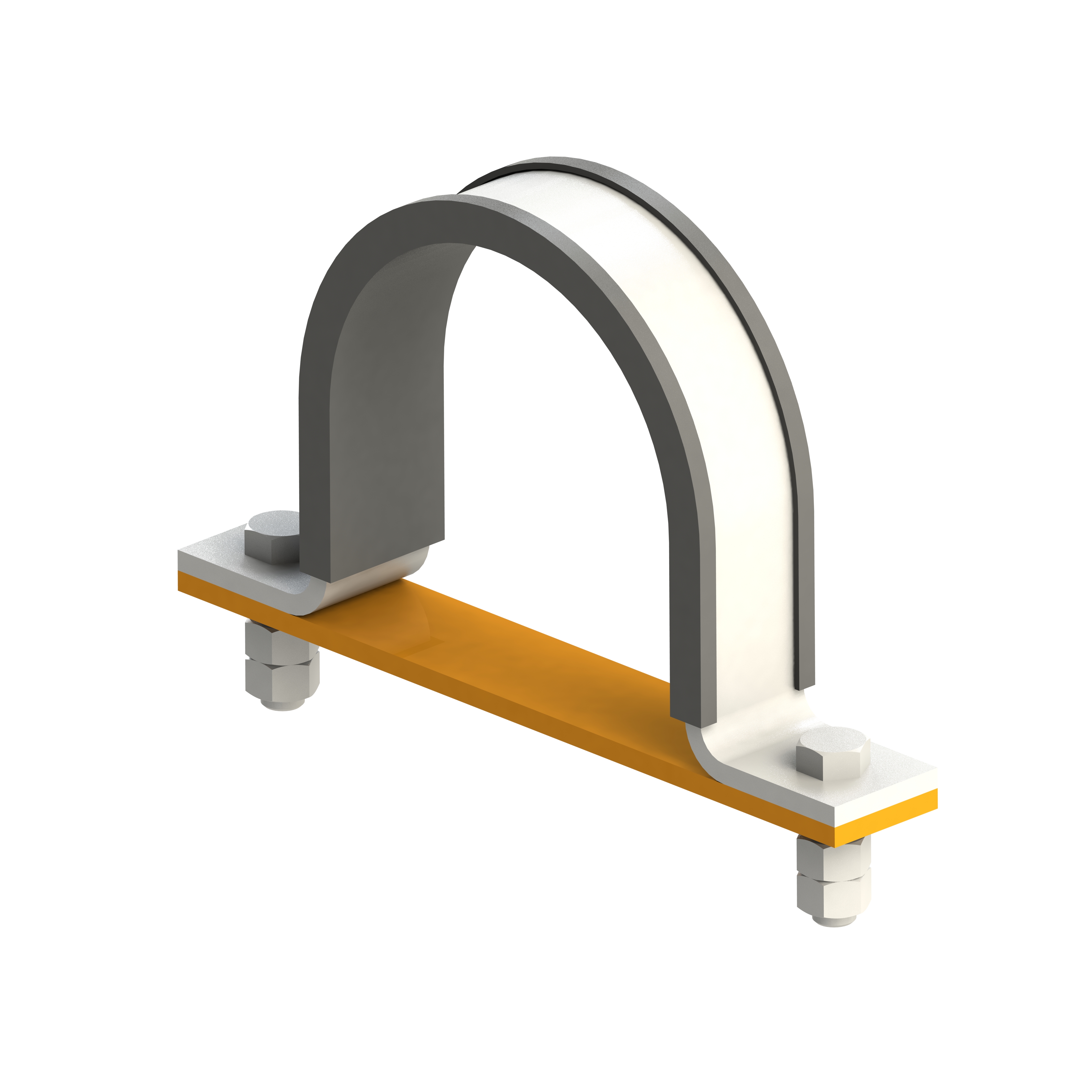 BG160
BG160INSULATED PIPE SADDLE
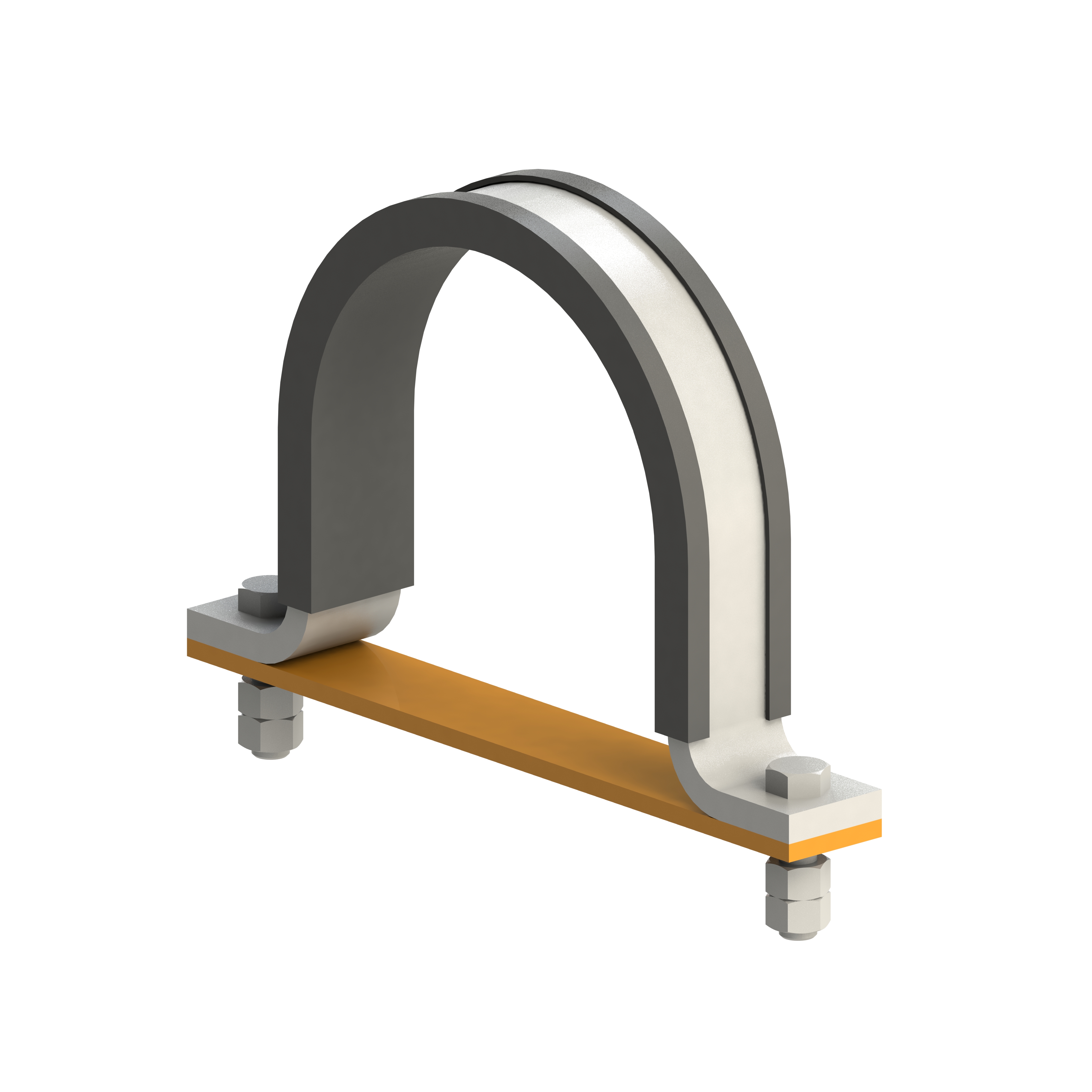 BG161
BG161INSULATED PIPE SADDLE
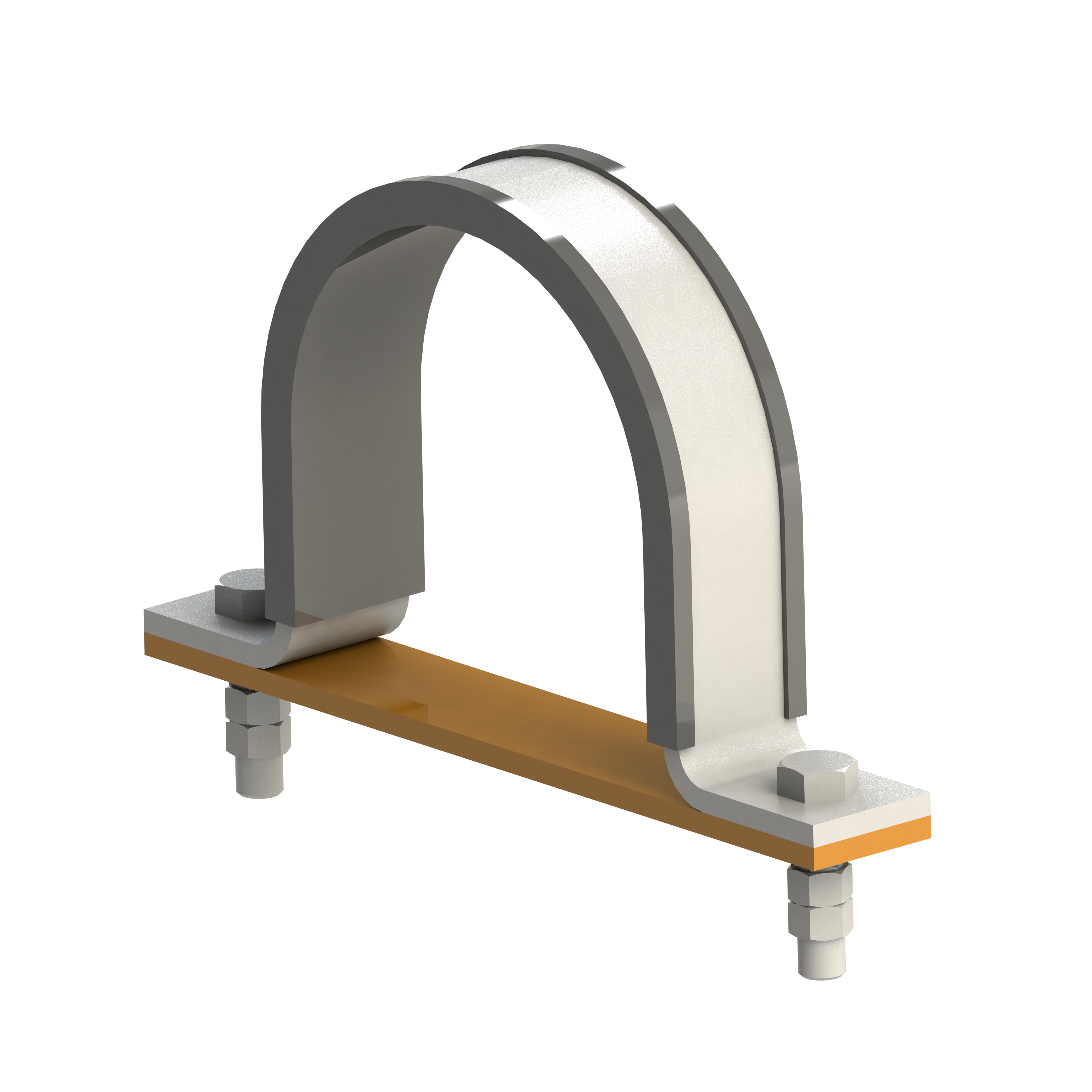 BG162
BG162INSULATED PIPE SADDLE
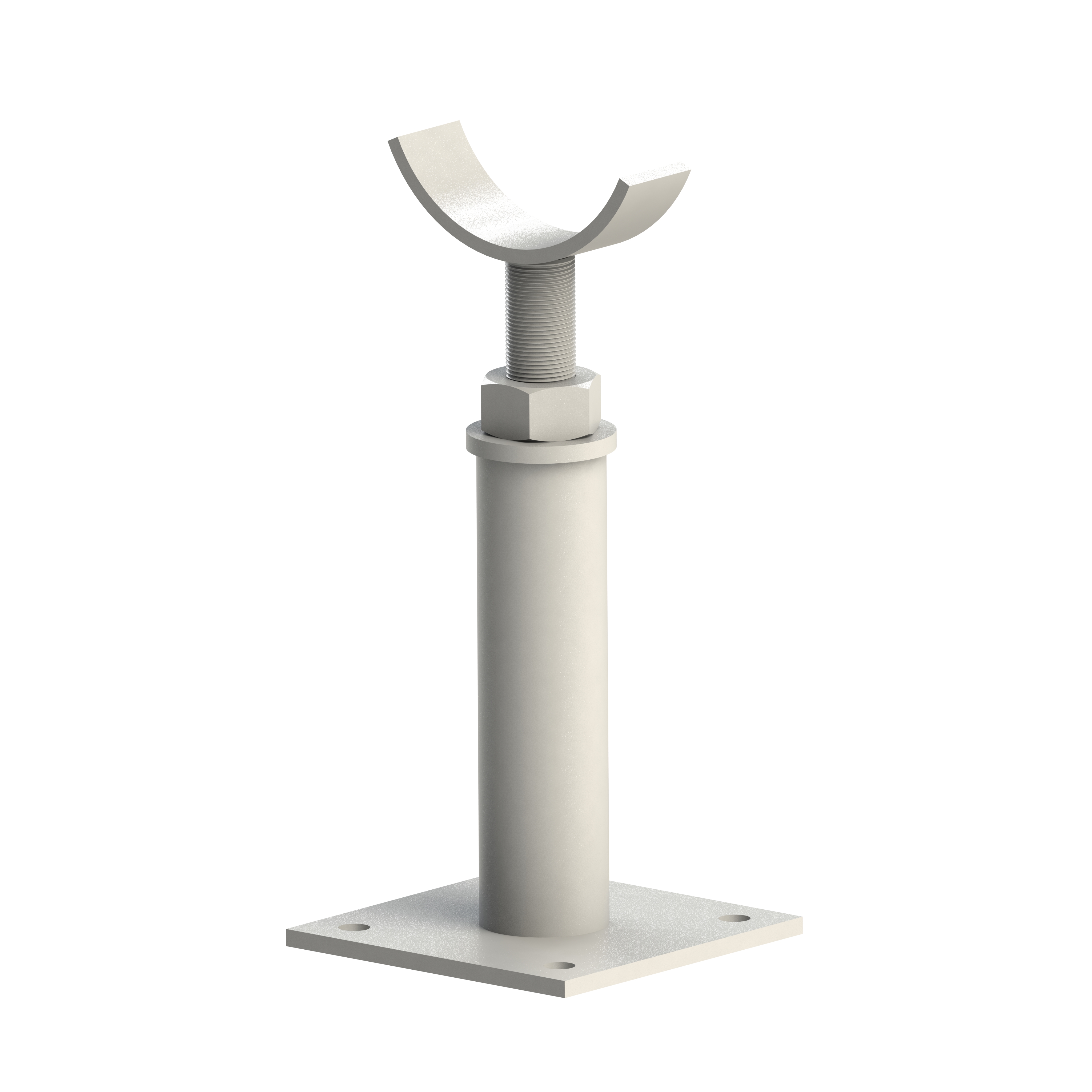 BG135-136
BG135-136ADJUSTABLE PIPE STANDS
 BG515
BG515STANDARD CLAMPED PIPE SHOE
 BG550
BG550SLIDE PLATES
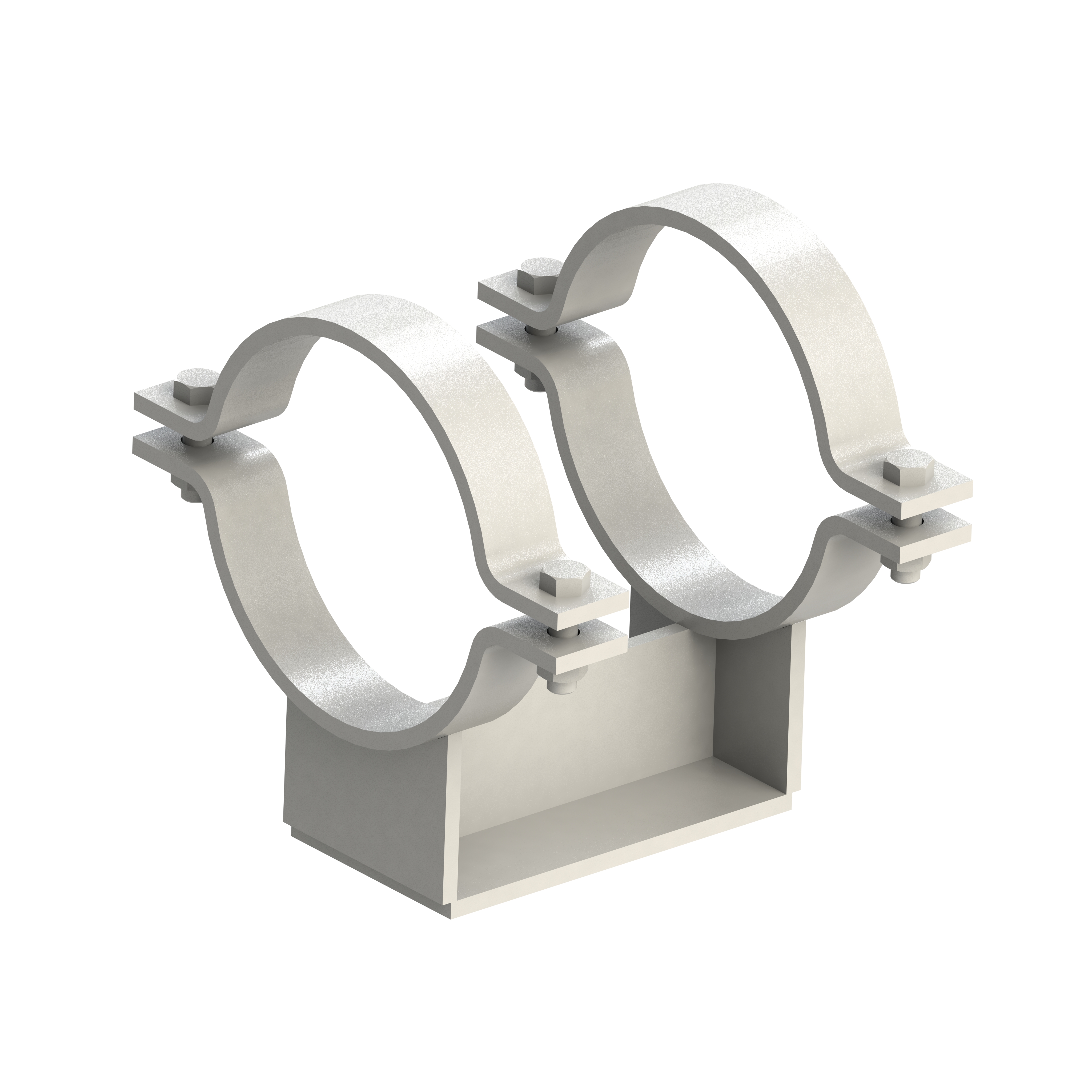 BG517
BG517COMPACT PIPE SHOE
 BG400
BG400CLAMPED HOT PIPE SHOE
 BG156
BG156INSULATED PIPE SHOE
 BG157
BG157INSULATED PIPE SHOE
 BG510
BG510STANDARD WELDED PIPE SHOE
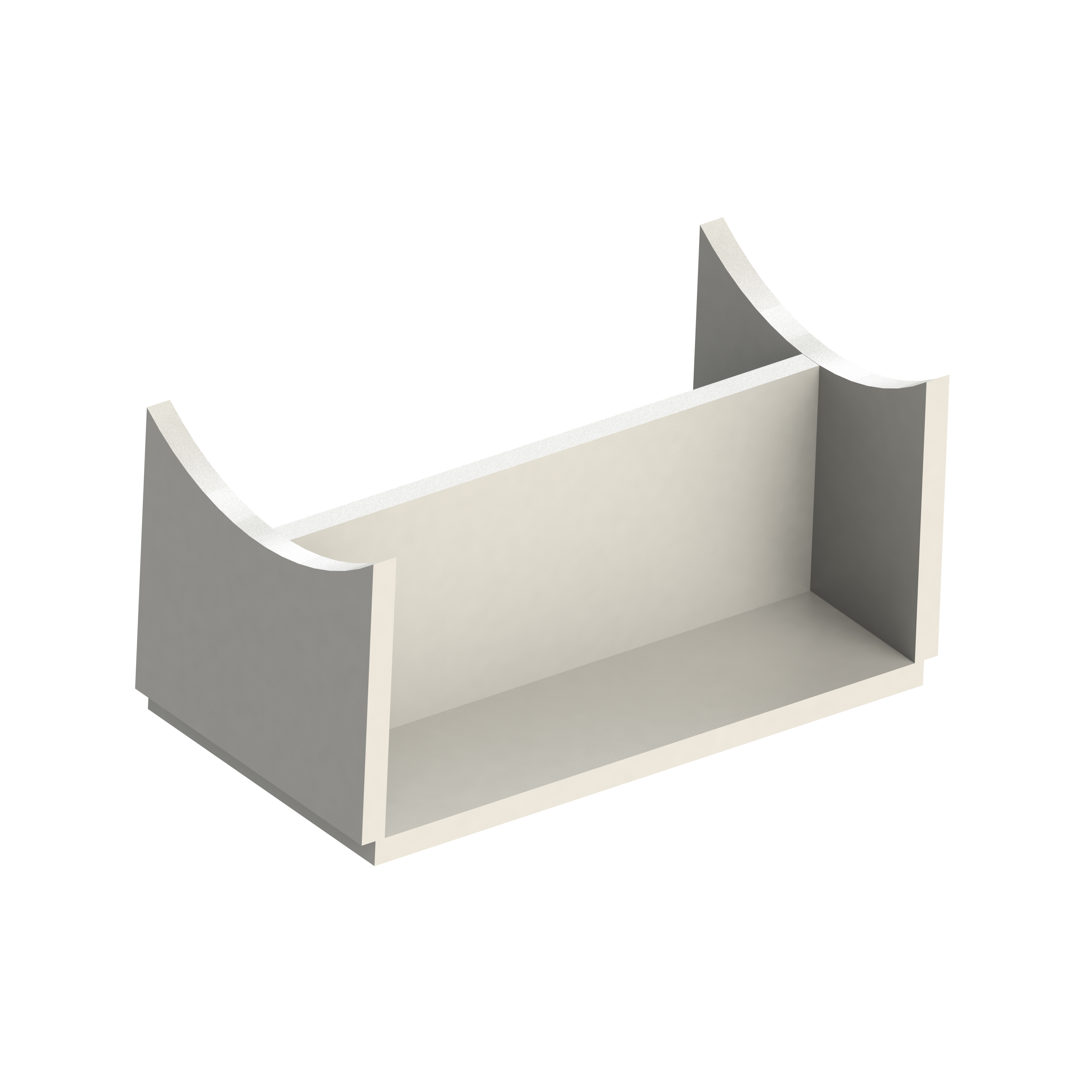 BG518
BG518COMPACT WELDED PIPE SHOE
 BG555
BG555STANDARD LINE STOPS
 BG560
BG560STANDARD PIPE GUIDES
 BG570
BG570STANDARD SHOE GUIDES
 BG580
BG580STANDARD SHOE GUIDES
 BG315
BG315END ATTACHMENT FOR HYDRAULIC SNUBBERS
 BG355
BG355END ATTACHMENT FOR RIGID STRUT & SWAY BRACE
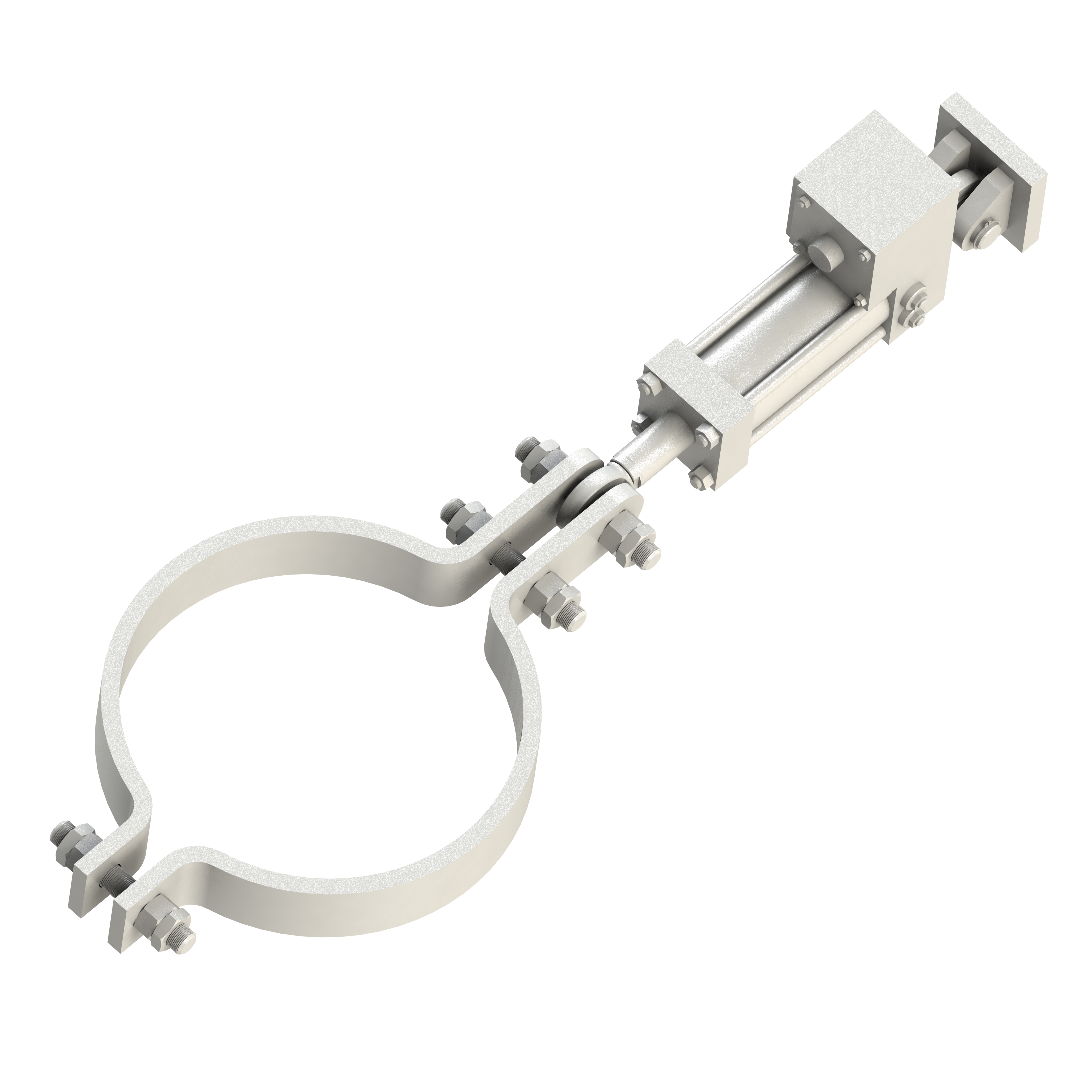 BG310
BG310HYDRAULIC SNUBBERS (SHOCK ARRESTORS)
 BG321
BG321PIPE CLAMP FOR HYDRAULIC SNUBBER – HIGH TEMPERATURE
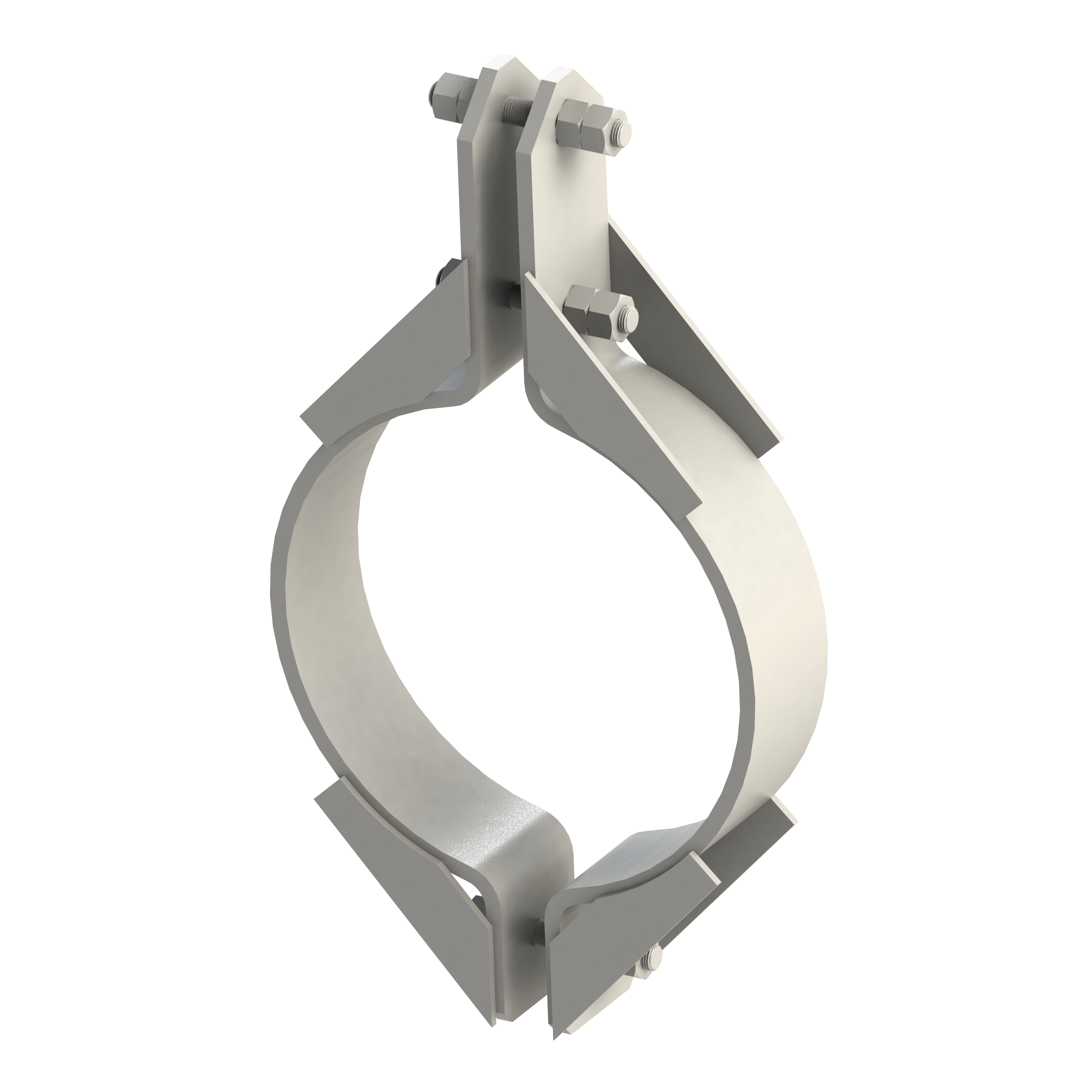 BG322
BG322PIPE CLAMP FOR HYDRAULIC SNUBBER – HIGH TEMPERATURE
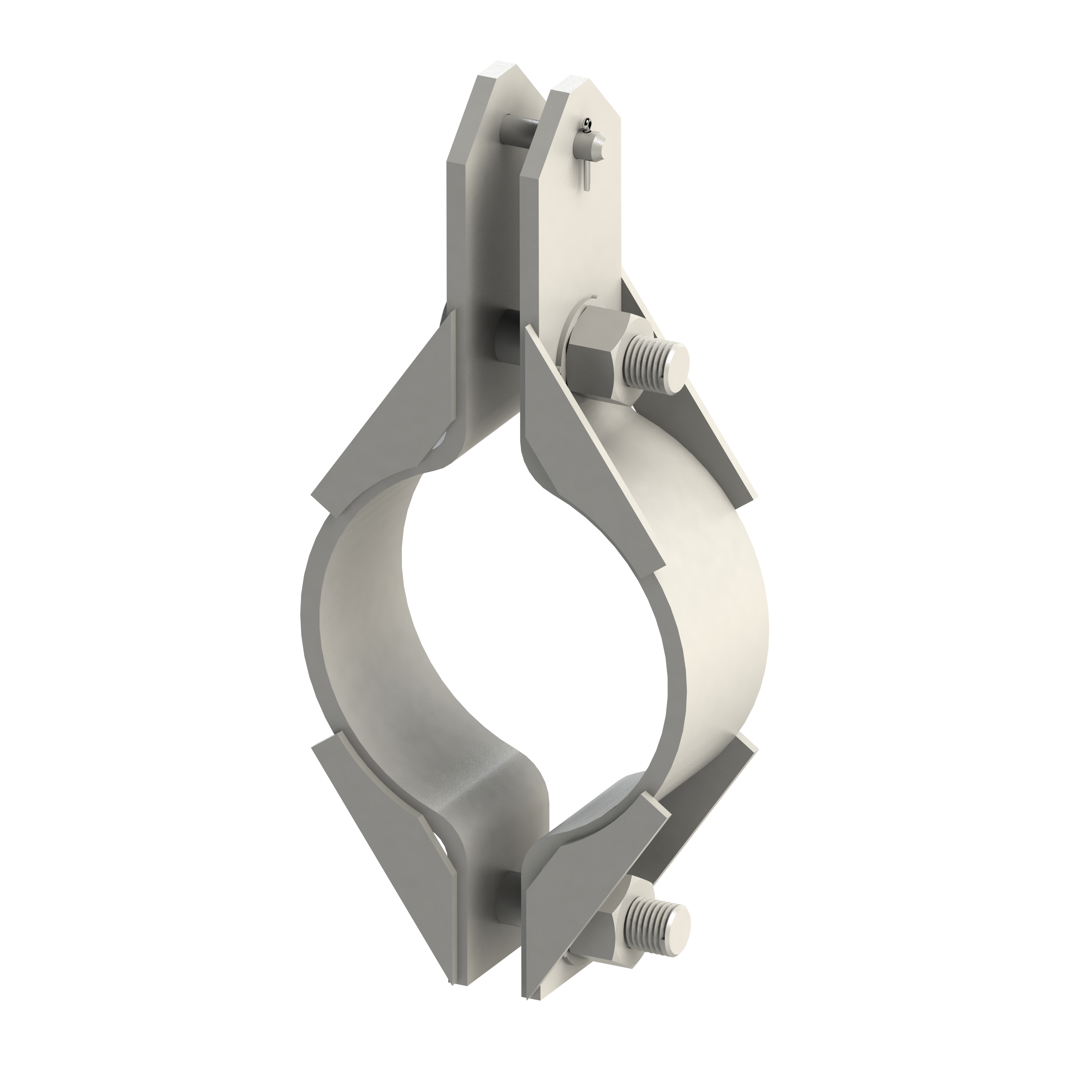 BG320
BG320PIPE CLAMP FOR HYDRAULIC SNUBBER – LOW TEMPERATURE
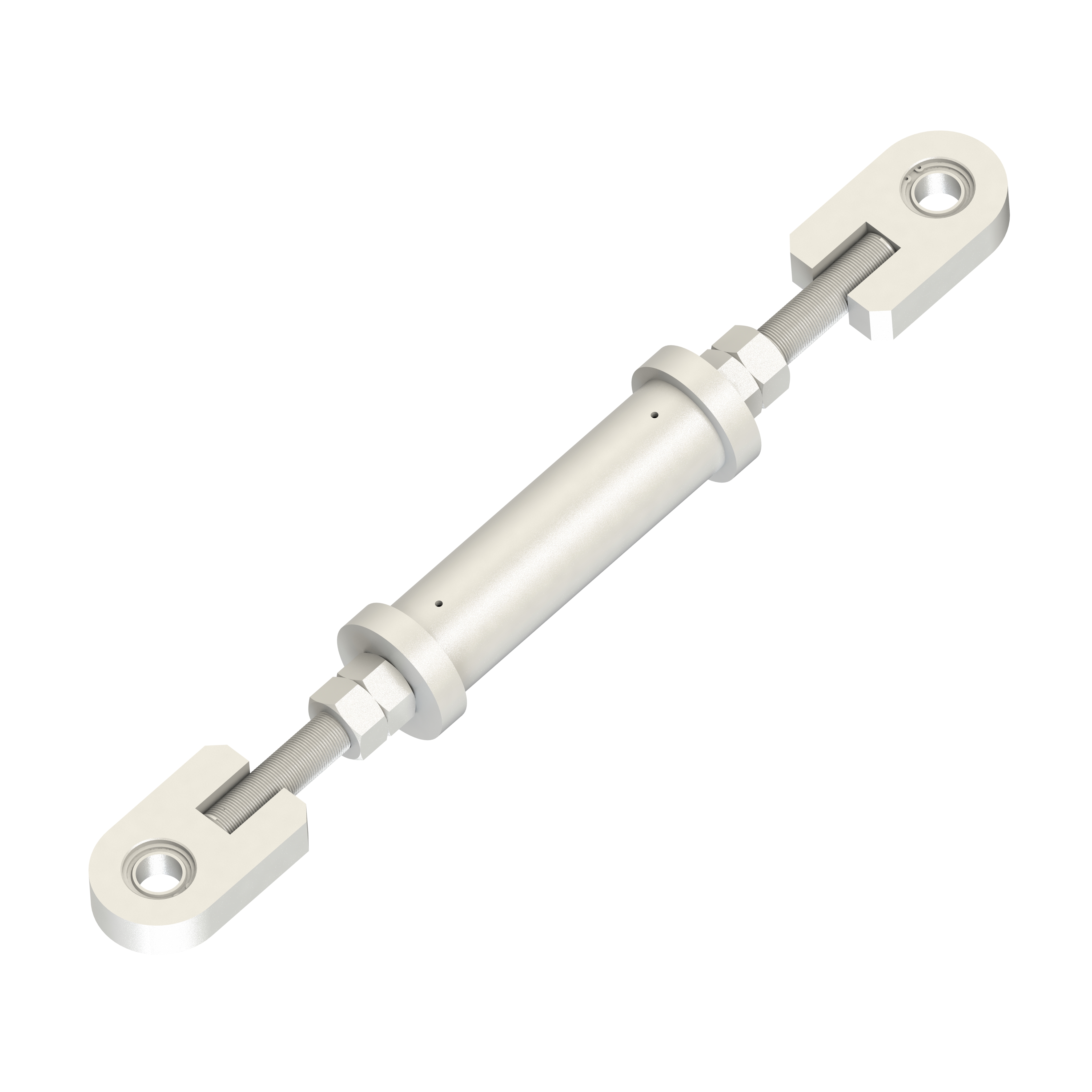 BG350
BG350RIGID STRUTS
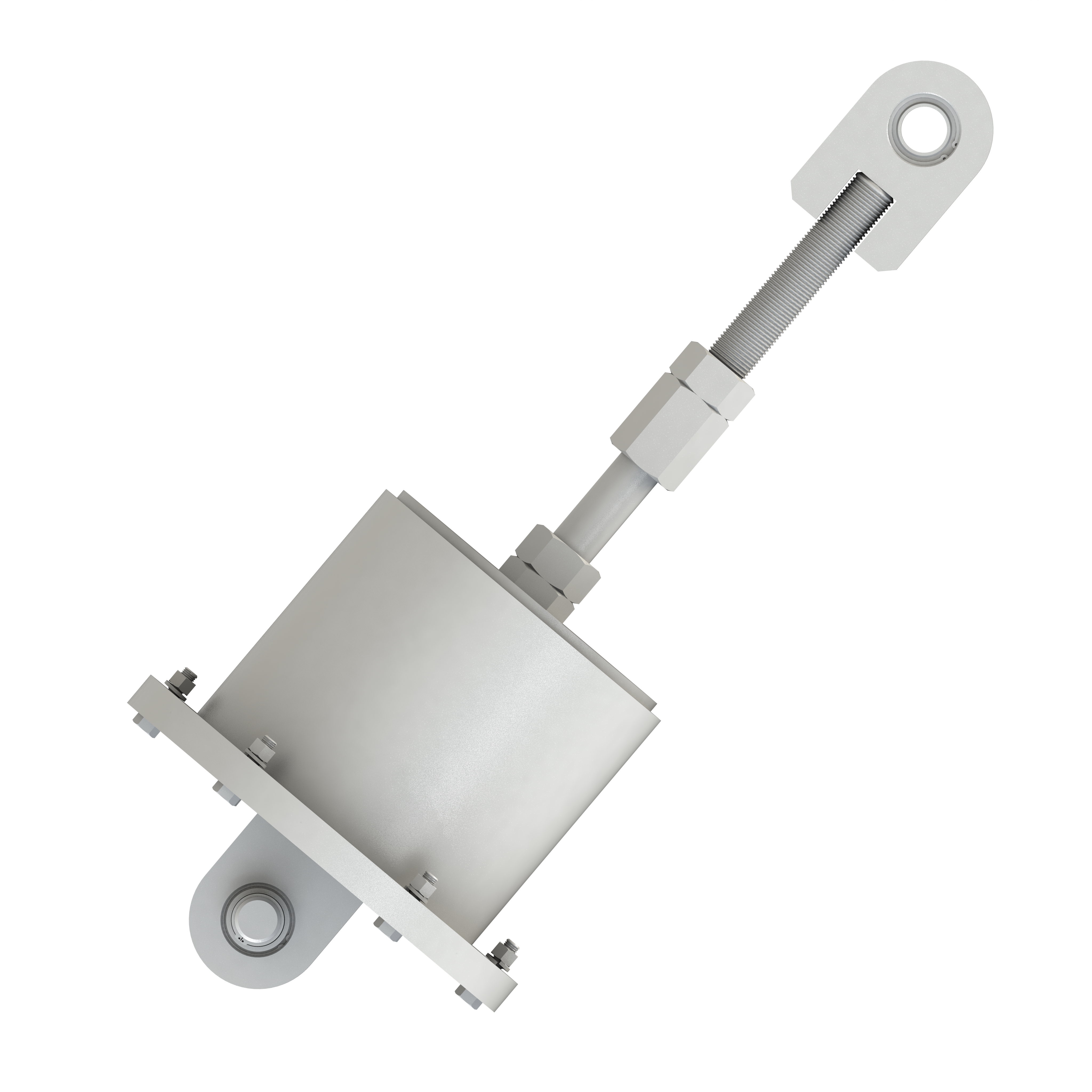 BG340
BG340SWAY BRACE
 #691028
#691028All Stainless Steel Gauge Adapter #691028
 #520XL
#520XLAll Stainless Steel Gauge Adapter #520XL
 #691023
#691023Brass Gauge Adapter #691023
 #500BSP
#500BSPBrass Gauge Adapter #500BSP
 #691024
#691024Brass Gauge Adapter #691024
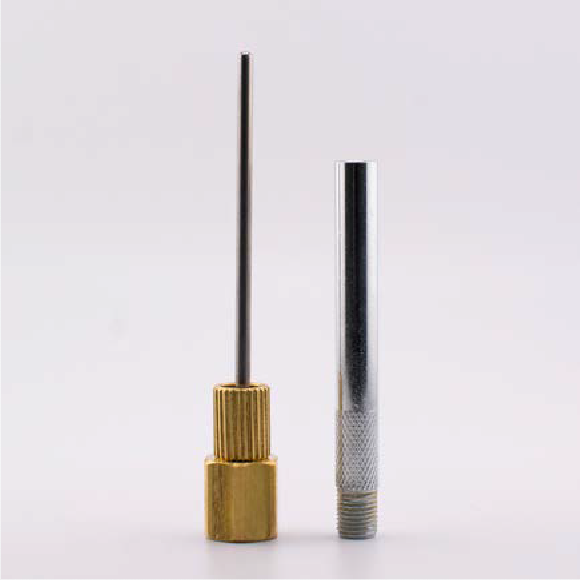 #500XLBSP
#500XLBSPBrass Gauge Adapter #500XLBSP
 691026
691026Brass Gauge Adapter #691026
 #691027
#691027Brass Gauge Adapter #691027
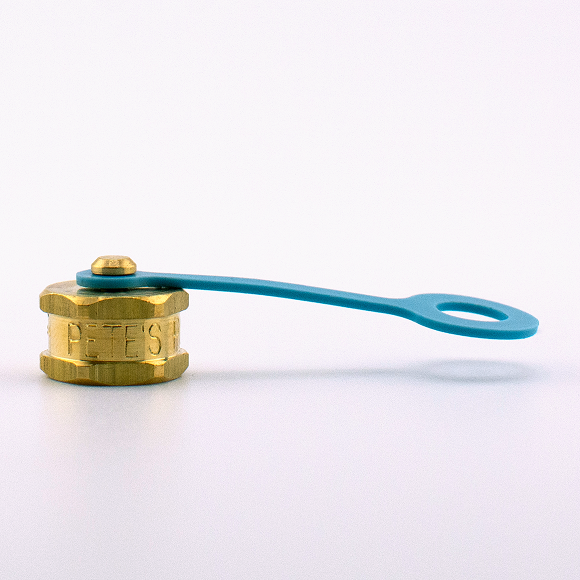 #104-1BS
#104-1BSCap Assembly #104-1BS
 #104-1YS
#104-1YSCap Assembly #104-1YS
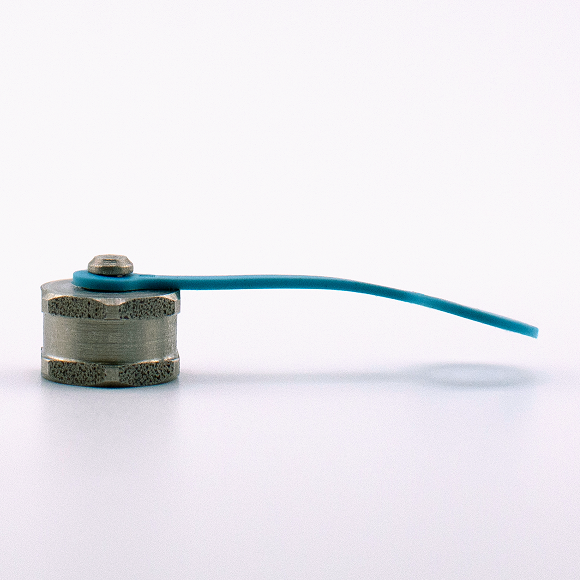 #104-2BS
#104-2BSCap Assembly #104-2BS
 #104-2YS
#104-2YSCap Assembly #104-2YS
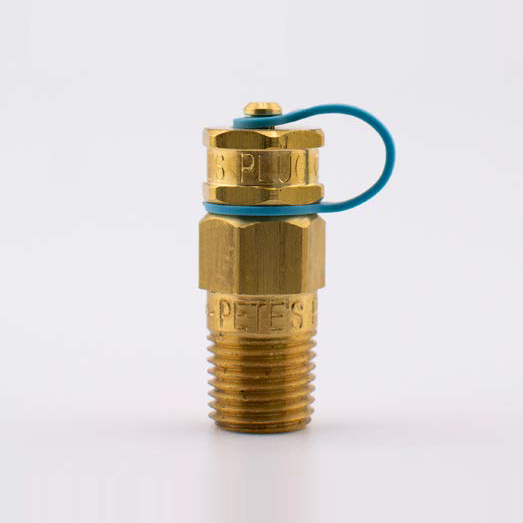 #691003
#691003Pete's Plug #691003
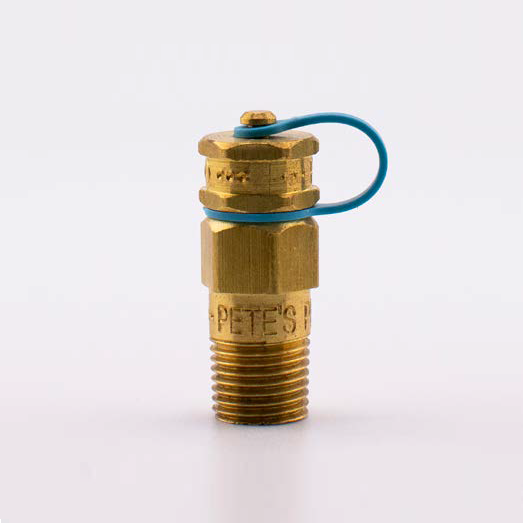 #691002
#691002Pete's Plug #691002
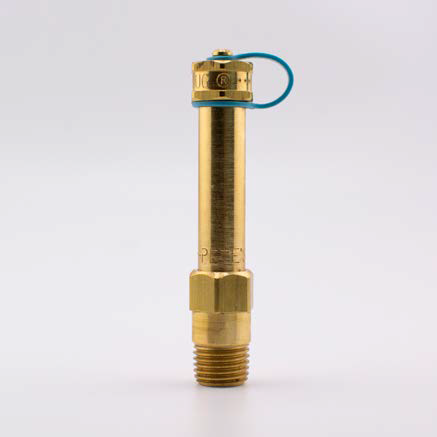 #691010
#691010Pete's Plug #691010
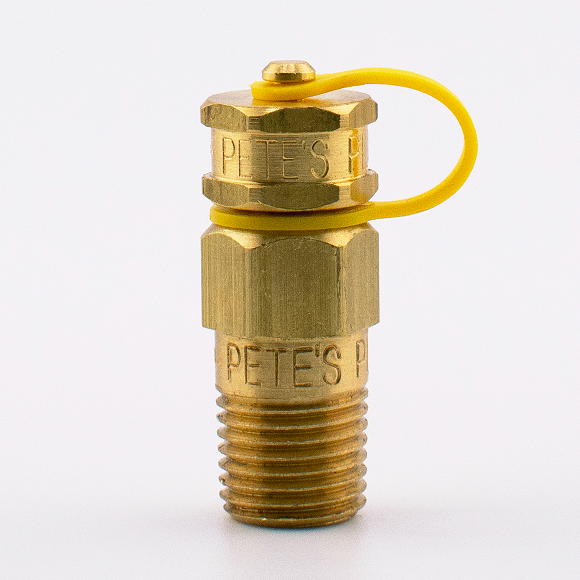 #691001
#691001Pete's Plug #691001
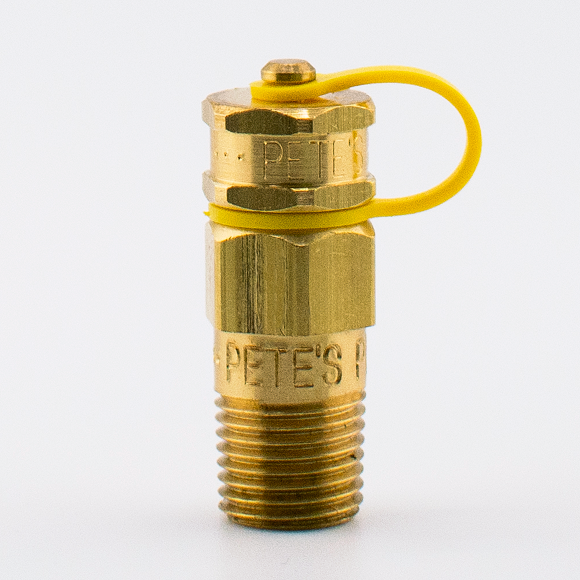 #691000
#691000Pete's Plug #691000
 #691017
#691017Pete's Plug #691017
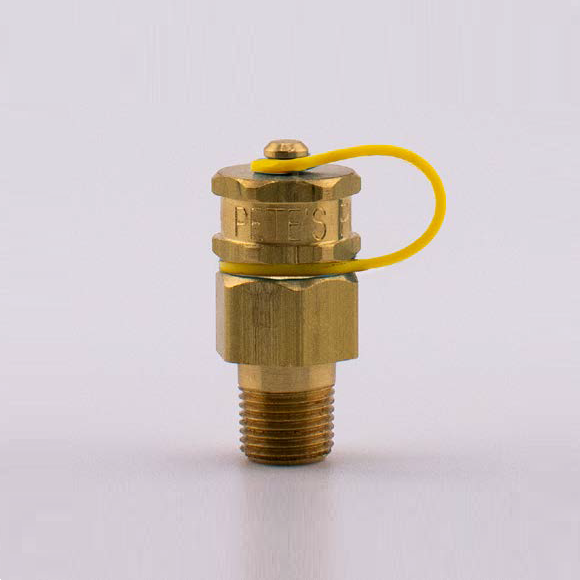 #12510
#12510Pete's Plug #12510
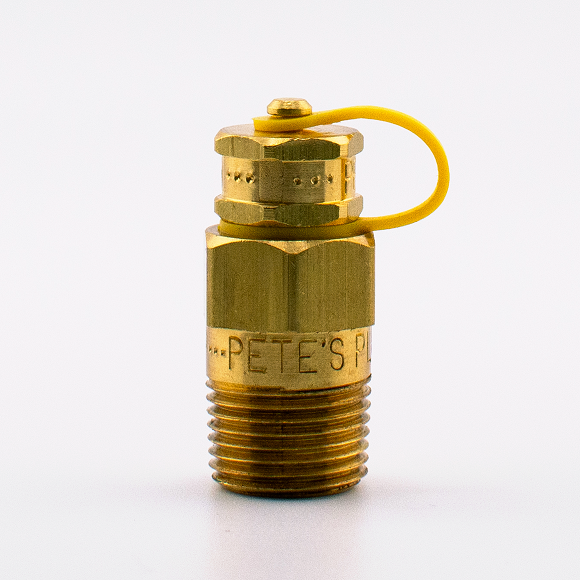 691020
691020Pete's Plug #691020
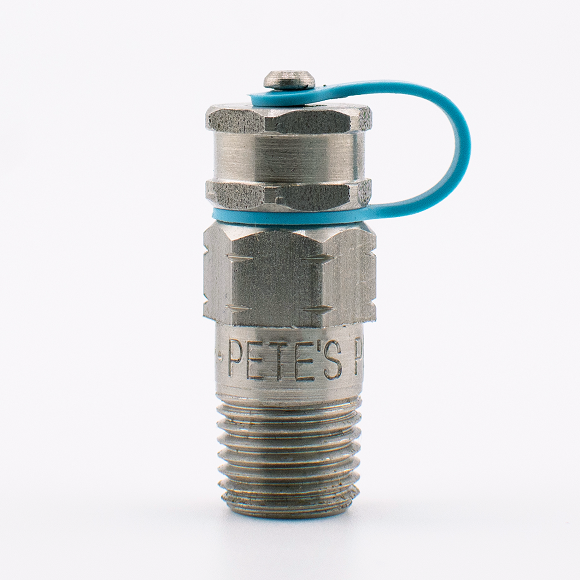 #691008
#691008Pete's Plug #691008
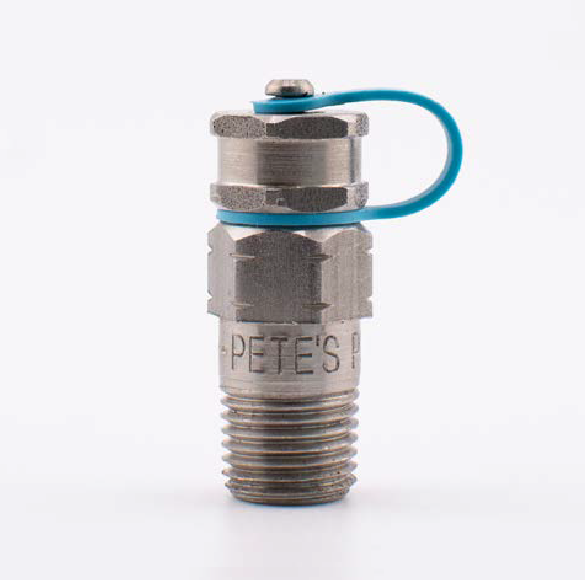 #691005
#691005Pete's Plug #691005
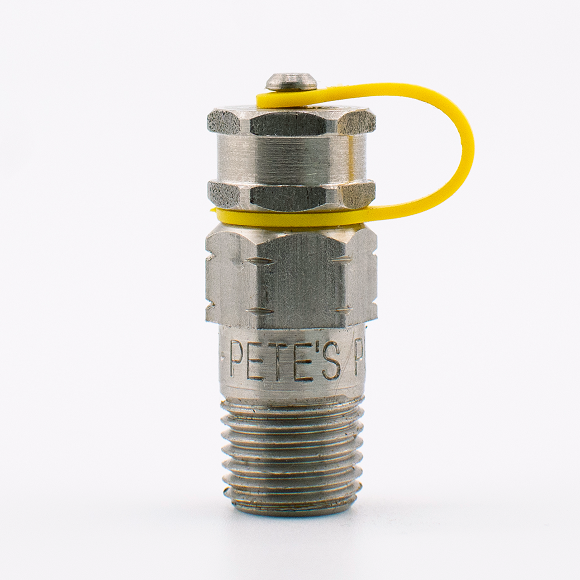 #691007
#691007Pete's Plug #691007
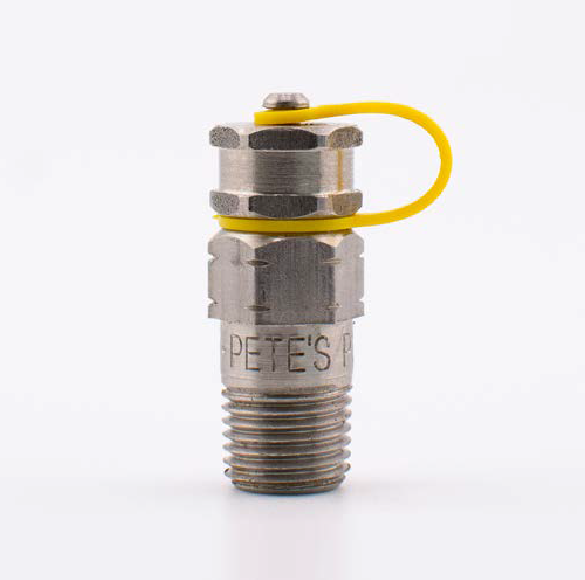 #691004
#691004Pete's Plug #691004
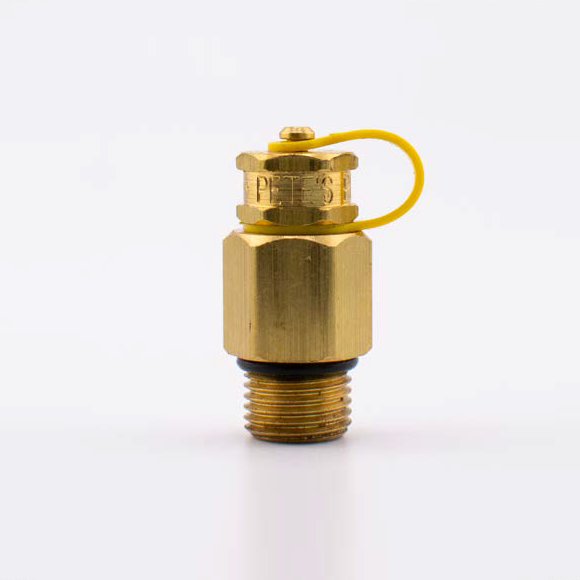 #572
#572Pete's Plug #572
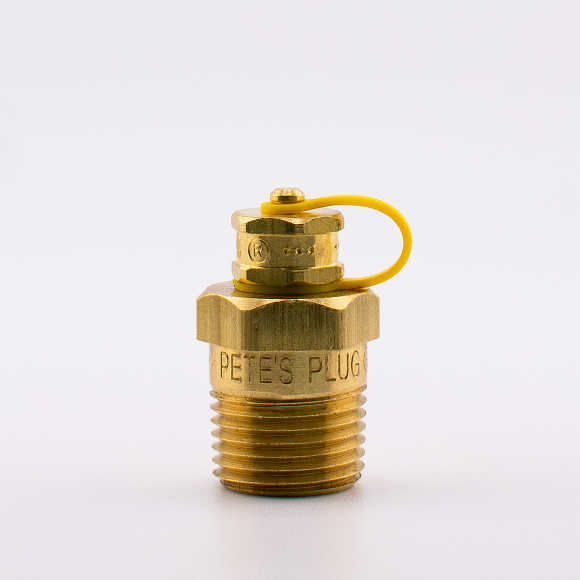 #691019
#691019Pete's Plug #691019
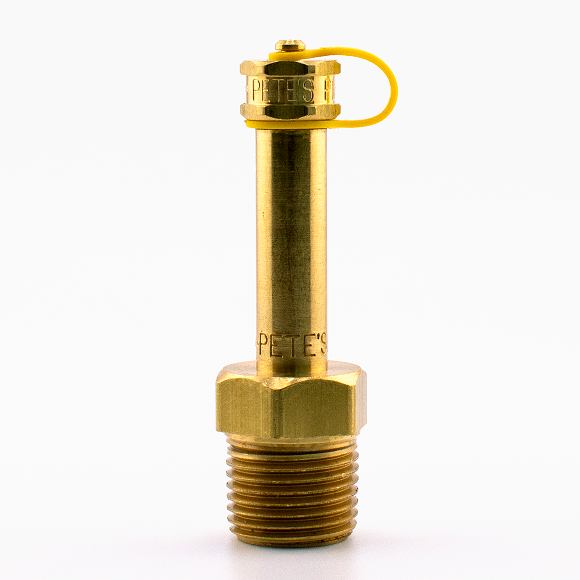 #691018
#691018Pete's Plug #691018
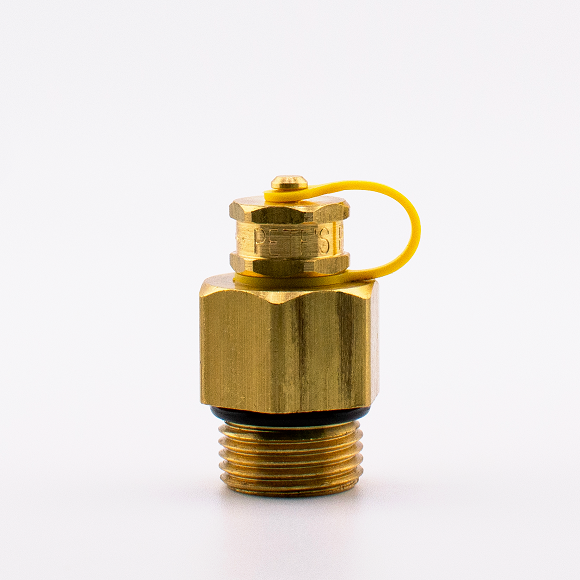 #760
#760Pete's Plug #760
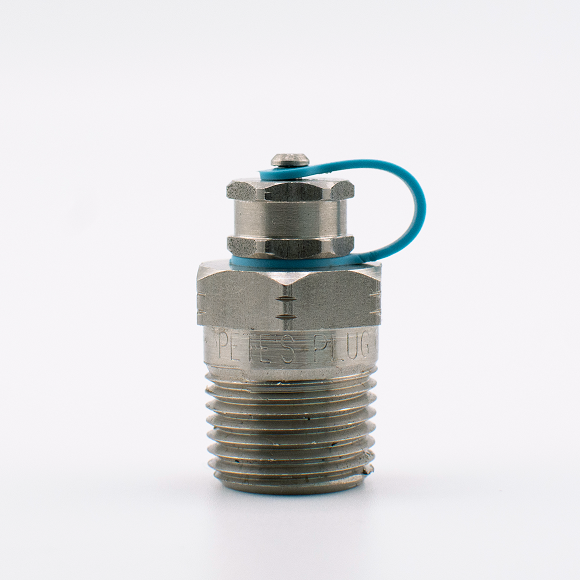 #691016
#691016Pete's Plug #691016
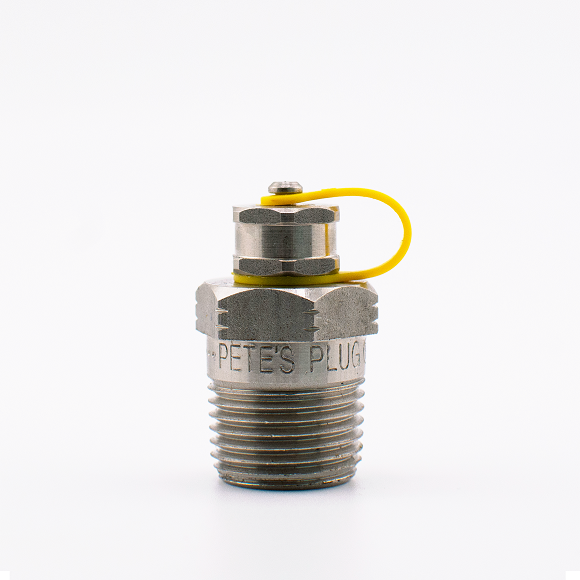 #691022
#691022Pete's Plug #691022
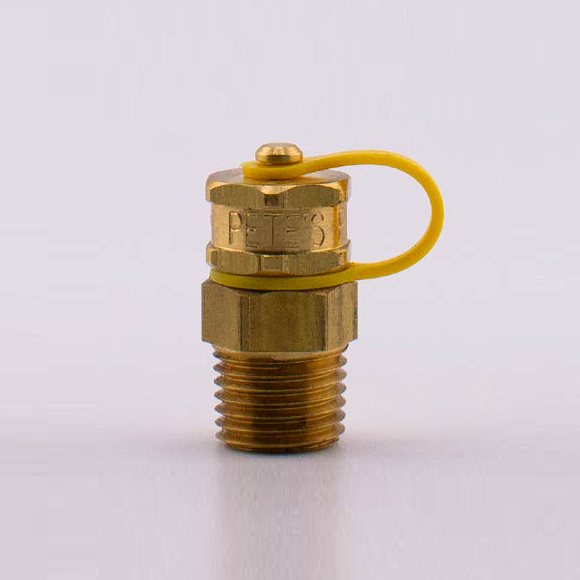 #691021
#691021Pete's Plug #691021
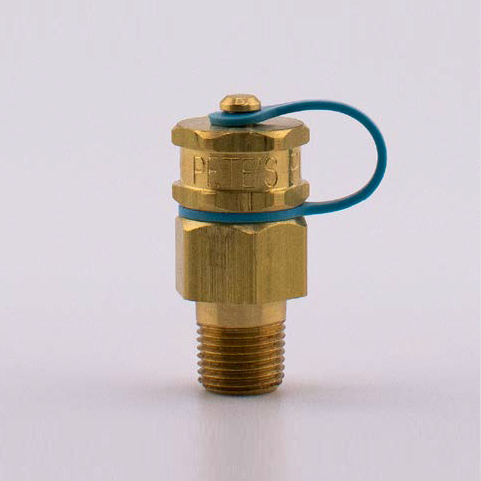 #691014
#691014Pete’s Plug #691014
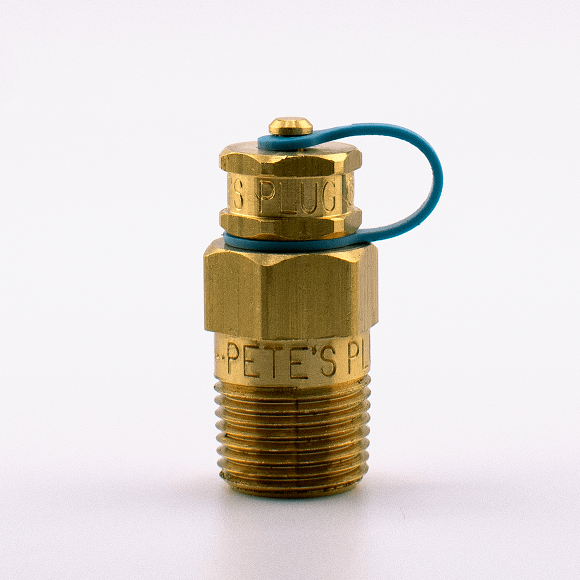 #691013
#691013Pete’s Plug #691013
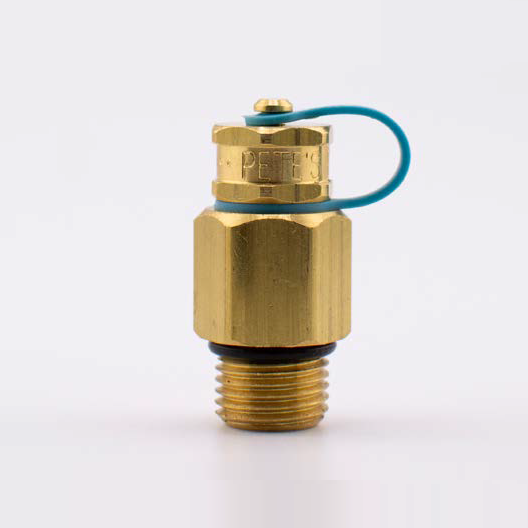 #562
#562Pete’s Plug #562
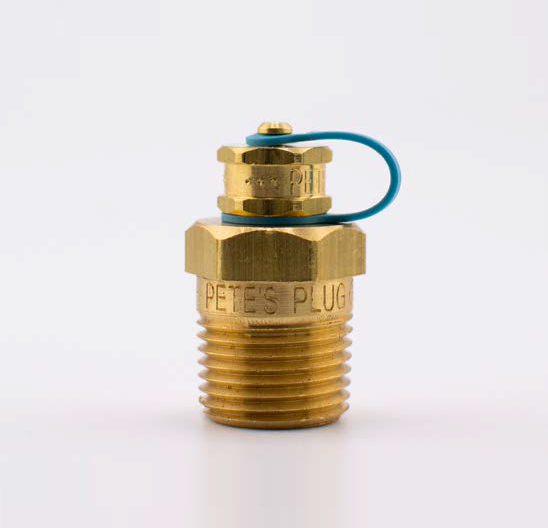 #691012
#691012Pete’s Plug #691012
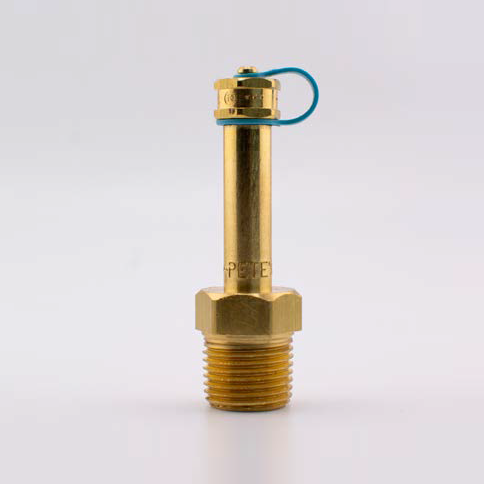 #691011
#691011Pete’s Plug #691011
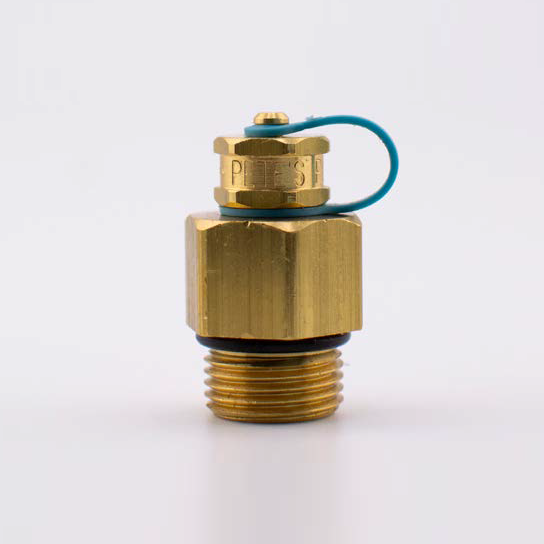 #750XL
#750XLPete’s Plug #750XL
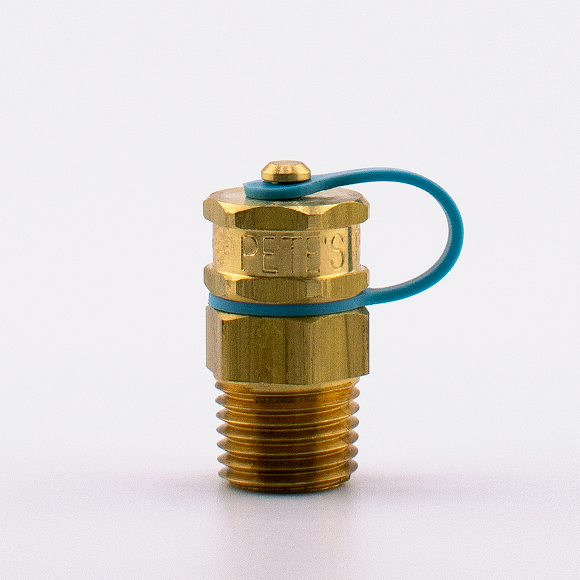 #691015
#691015Pete’s Plug #691015
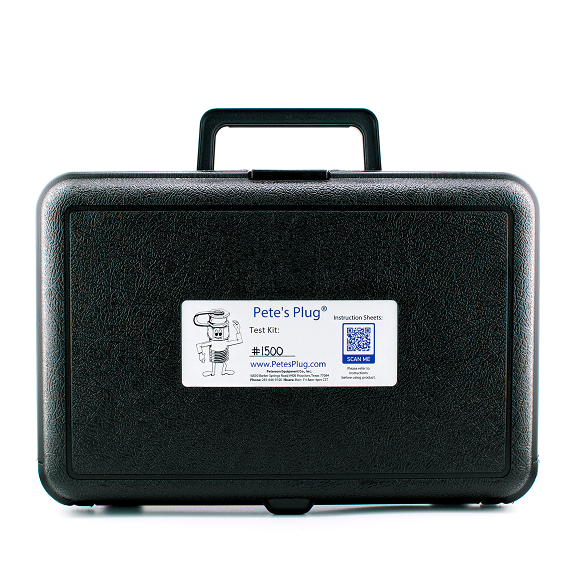 #691029
#691029Pressure & Temperature Test Kit 0-100psi
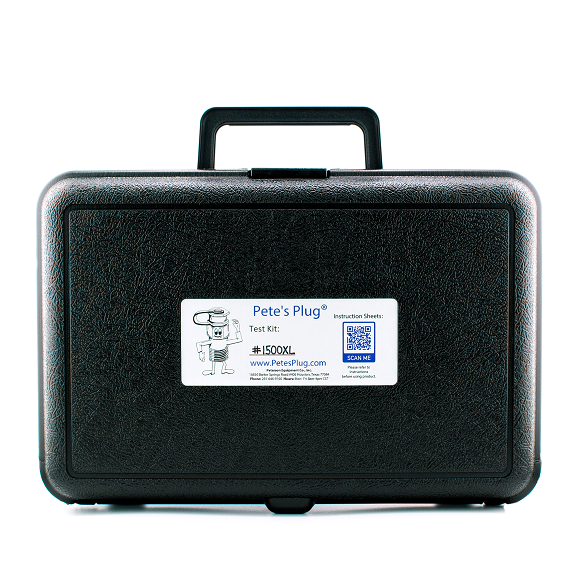 #691030
#691030Pressure & Temperature Test Kit 0-100psi for XL
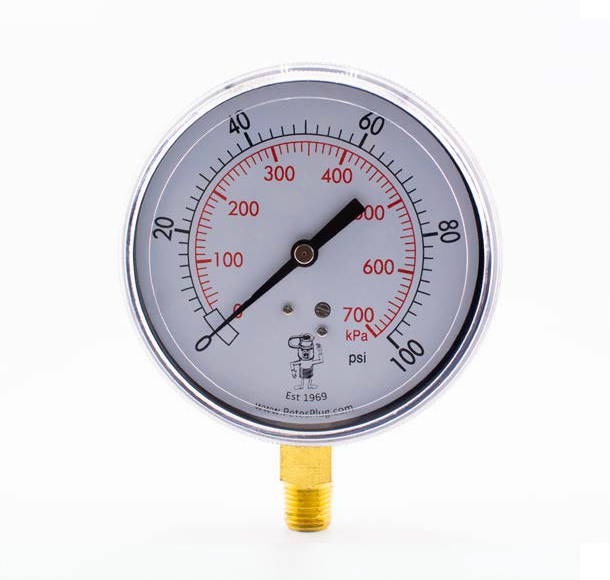 #1500-5
#1500-5Pressure Gauge 0-100 PSI BSP Stem
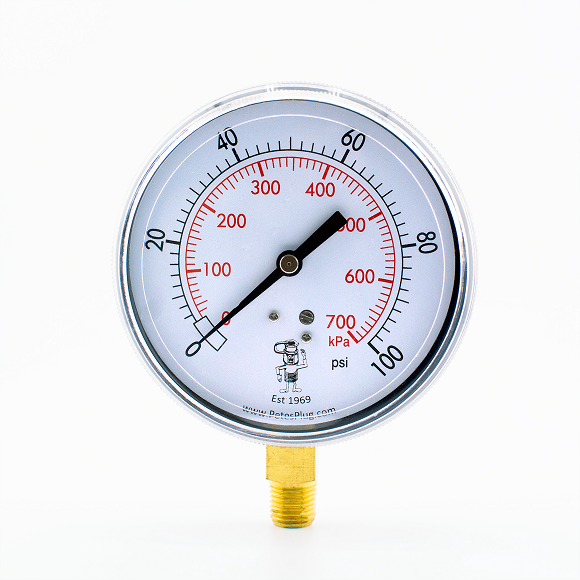 #1500-4
#1500-4Pressure Gauge 0-100 PSI NPT Stem
 #606
#606Thermometer -58°F to 550°F
-
-
-
- About
- Resources
- Contact
strategic shutdown preparation: mitigating risks with pipe supports.

In the high-stakes environment of the oil and gas sector, unplanned shutdowns can quickly escalate into substantial financial losses, with costs reaching up to millions per hour in downtime. For engineers, project managers, and procurement teams, avoiding these setbacks is paramount. Effective planning, particularly concerning pipe supports, plays a crucial role—ensuring that projects meet compliance standards like AS/NZS 5601.1:2022 and AS/NZS 1163. This article addresses strategies that reduce compliance risks, protect operational integrity, and maximize project efficiency through advanced preparation and custom-engineered pipe supports.
Early Gains: The Importance of Pre-Shutdown Preparation
Effective shutdown preparation is invaluable, as illustrated by a project team saving four days by confirming site-fit tolerances and organizing QA packs ahead of inspections. This proactive strategy underscores the value of early preparation:
- Advanced coordination of pipe supports, especially during critical outages, minimizes last-minute adjustments, reducing the risk of delays and cost overruns. Properly aligned and documented pipe supports significantly decrease unexpected issues during implementation.
- Aligning teams on documentation requirements at the outset prevents costly rework, ensuring all parties understand the project scope and regulatory compliance, thus mitigating non-compliance risks.
Efficient shutdown preparation enhances operational efficiency and forms the backbone of successful project management in high-stakes industries.
QA and Compliance Pre-Inspection Strategies
Adhering to AS/NZS 5601.1:2022 is crucial in avoiding non-compliance issues during shutdowns. This standard affects project documentation and schematics, with non-adherence leading to costly delays. Securing complete QA pipe support files and site-specific data before independent verification helps verify compliance and streamlines the audit process. Thorough upfront checks prevent shutdown delays caused by insufficient compliance evidence, ensuring all regulatory needs are addressed. Binder’s Custom-Engineered Pipe Supports and Documentation Pack / QA/QC Sets offer traceability and compliance documentation, reinforcing inspection integrity.
Certification and Documentation Best Practices
Compliance with AS/NZS 1163 necessitates meticulous verification of steel compositions and weld quality during pipe support configuration. It’s imperative for project managers to ensure material specifications meet rigorous requirements, affirming durability and safety. Standardised checklists maintain a compliance focus throughout each project phase:
- Developing a comprehensive QA checklist for pipe supports pre-inspection ensures all mechanical properties and load limits are traceable before audits. This offers systematic guidelines for project managers to confirm load-bearing capabilities, reducing operational failure risk.
- A shutdown playbook streamlines documentation approval, preventing costly penalties. By integrating Binder’s Custom-Engineered Pipe Supports, projects gain from detailed documentation that satisfies audit trails and compliance standards, enhancing transparency and reducing execution risks.
Risk Mitigation with Updated Standards
Future-proofing a shutdown checklist is critical for project managers. Utilizing updated guidelines under AS/NZS 3500 enhances clarity in pipe support inspection, reducing rework risks from ambiguous rules. This strategy aids in understanding regulatory shifts and aligning inspection processes with current compliance expectations. Implementing updates provides a structured approach to pipe support inspection, enhancing safety and minimizing oversight needs. Standardising installation steps during staging in mining shutdowns safeguards project schedules against delays caused by misalignment or compliance failures. Documenting installation protocols ensures industry standards are met, maintaining timelines and budget integrity.
Preparing for and Mitigating Risks in Shutdowns
Reliable documentation of pipe supports for shutdown compliance is essential. The PIPA Guidelines ensure material compatibility and joint integrity, assisting engineers in aligning projects with Australian standards:
- Chemical Compatibility and Joint Integrity: Following these guidelines verifies material coexistence and maintains joint integrity during shutdowns, reducing operational faults that delay audits.
- Standard Alignment: For LNG shutdowns, applying these guidelines early mitigates risks. Preemptive compliance fosters smoother audits, minimizing disruptions.
Thorough pre-planning for LNG shutdowns flags design constraints that could cause delays. Early identification allows timely rectification, preventing operational barriers when the shutdown commences.
Conclusion: Strengthening Operational Alignment in High-Stakes Environments
For engineers and project managers in the oil and gas sector, strategic shutdown preparation is not just a procedural necessity, it’s a vital component of maintaining operational integrity and financial stability. By leveraging Binder’s custom-engineered solutions, projects can ensure compliance, minimize shutdown delays, and optimize efficiency. This approach aligns with industry priorities, providing the reliability and safety needed in today’s demanding environments.
